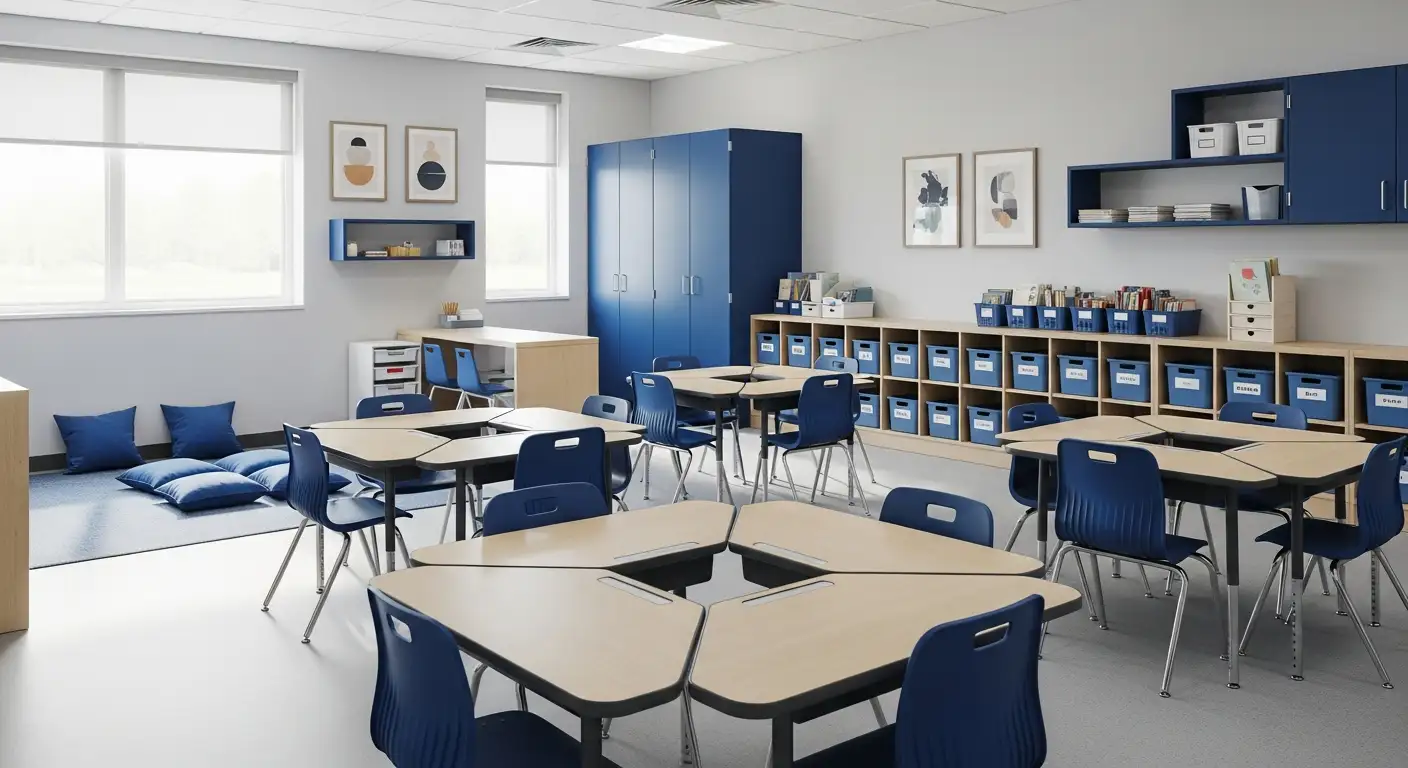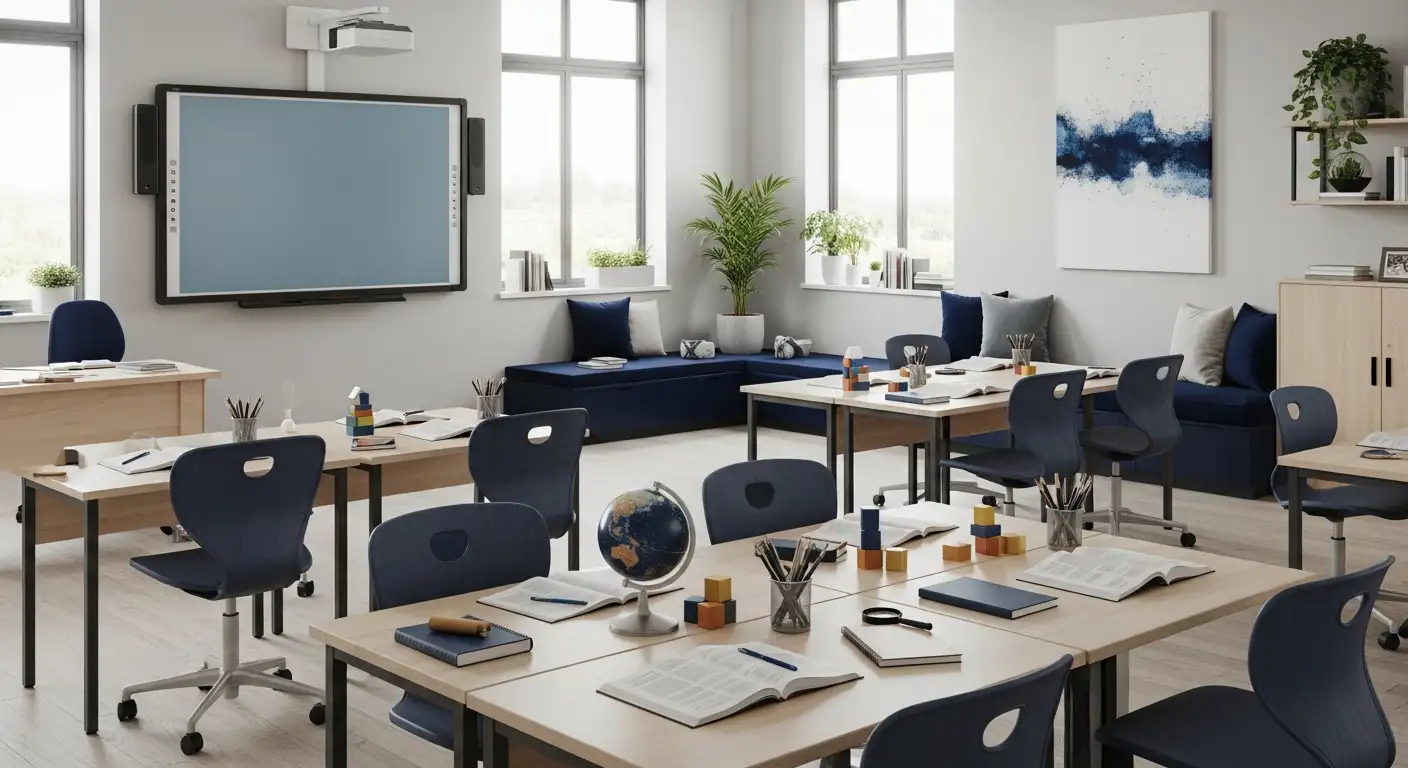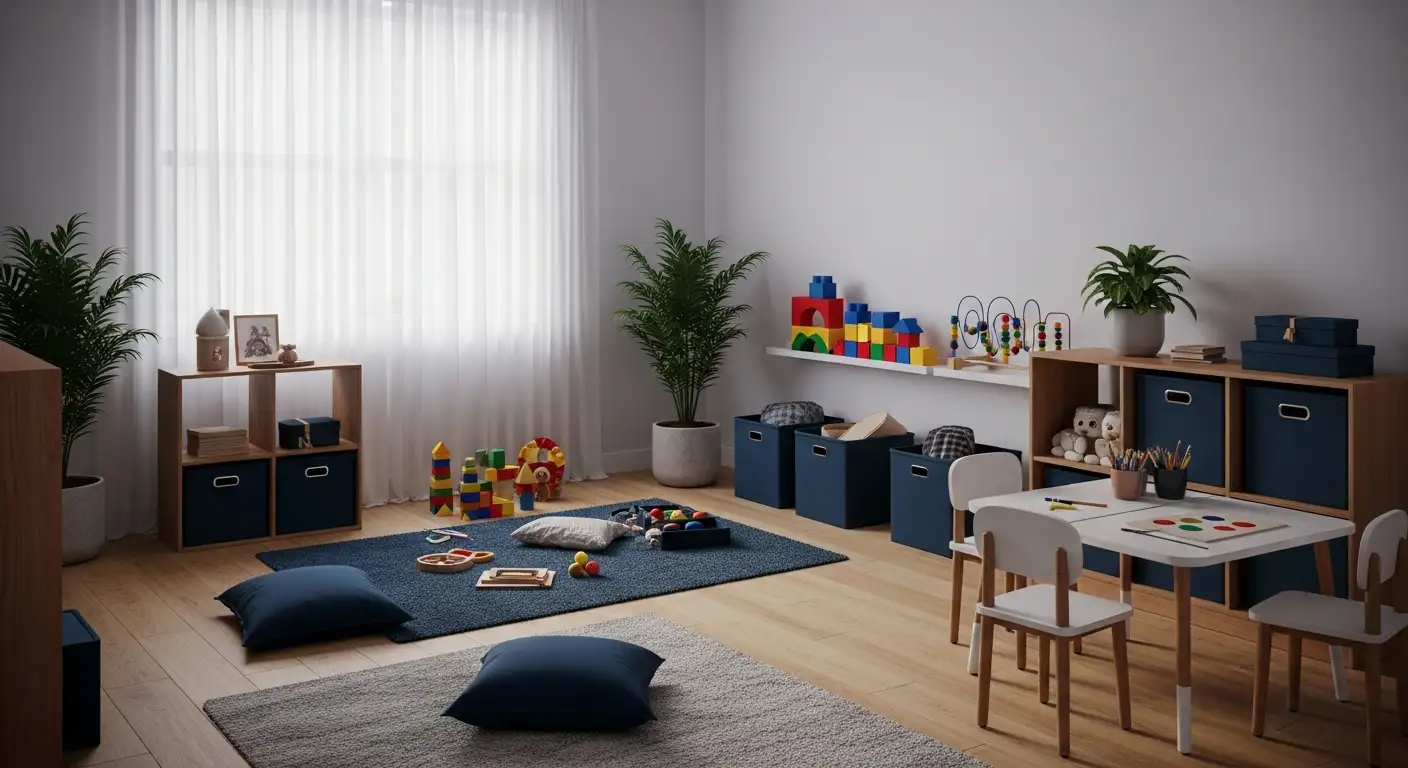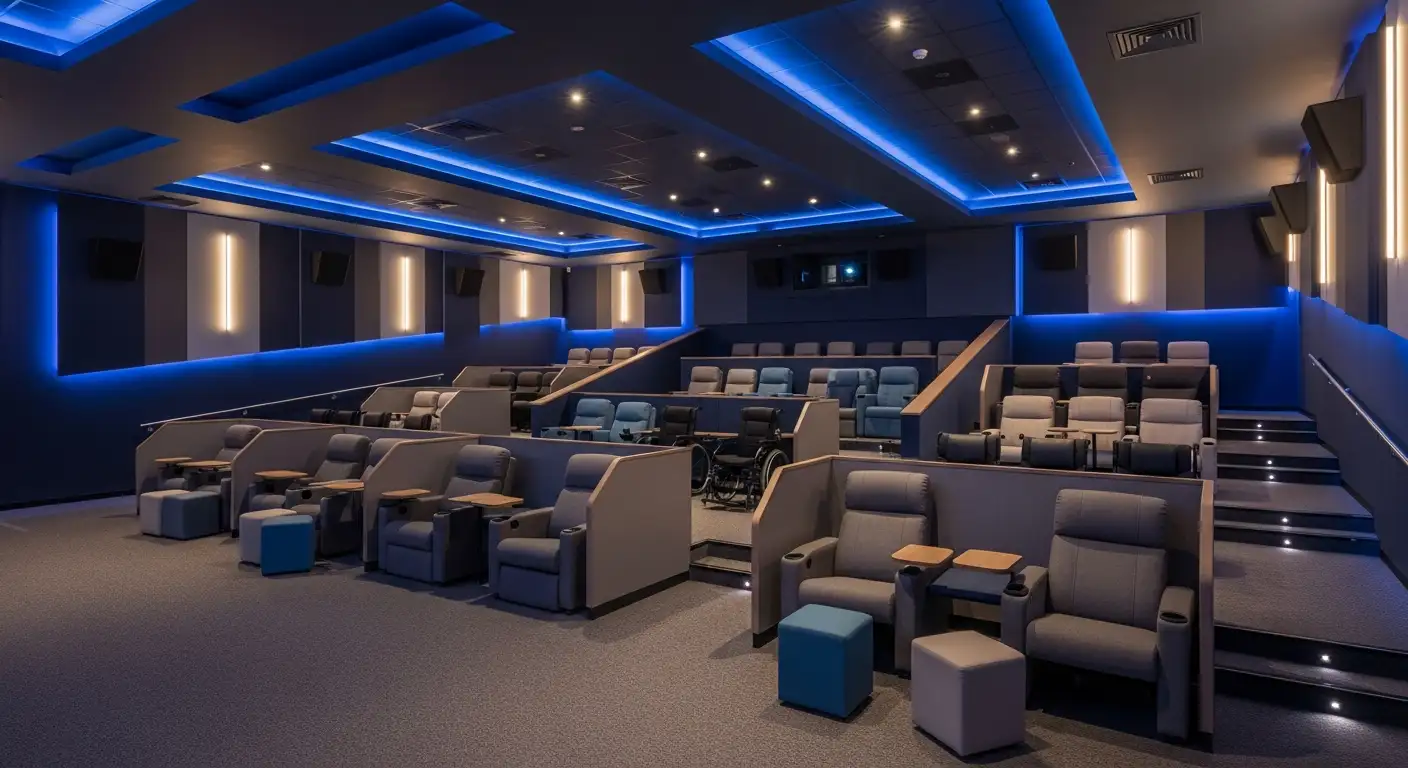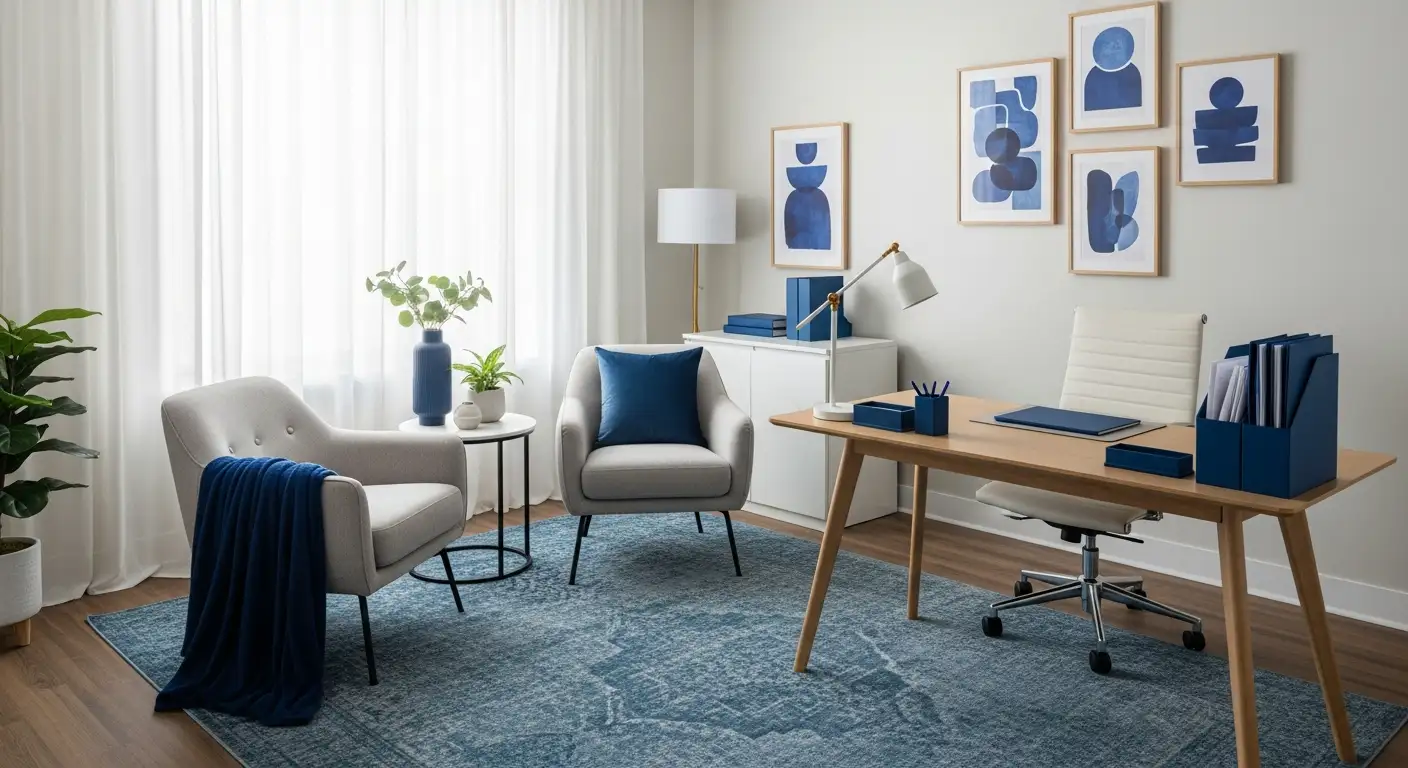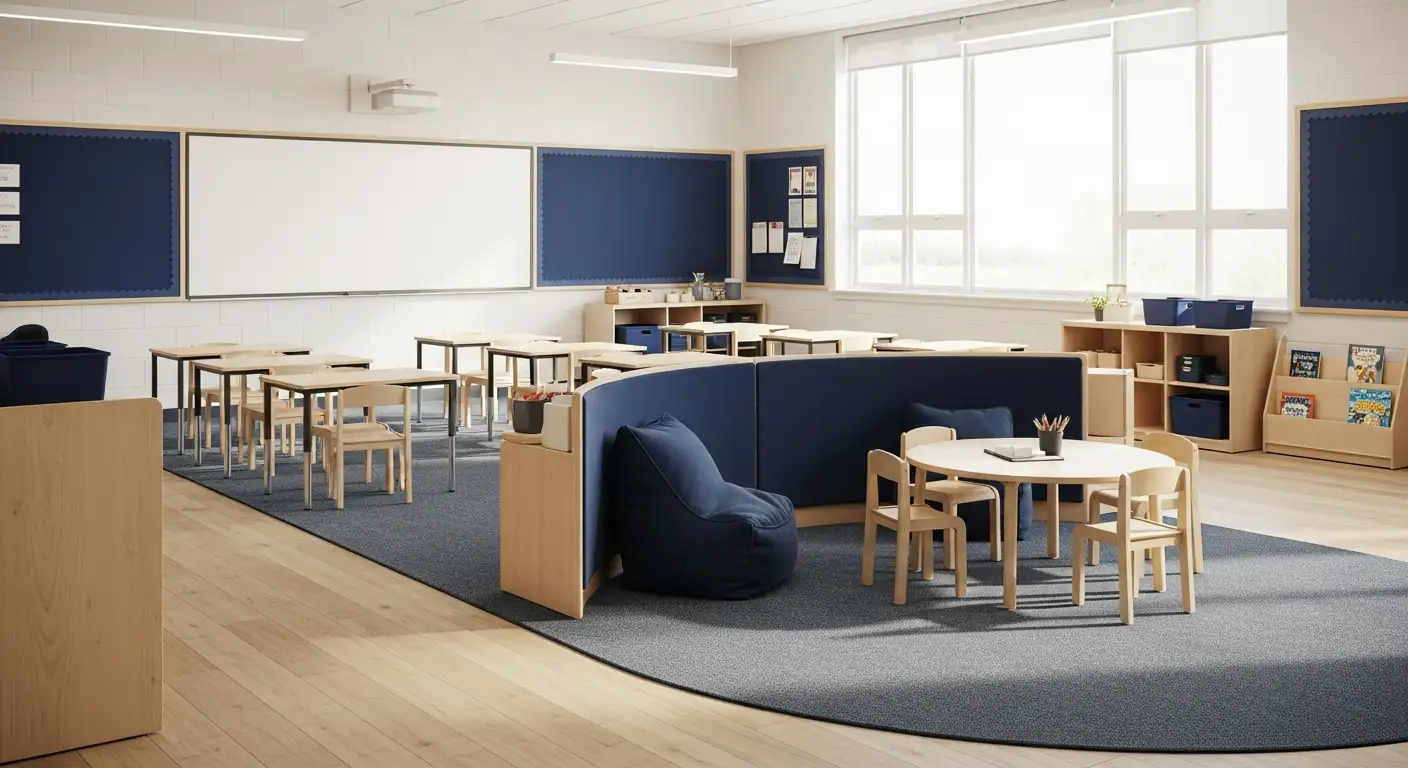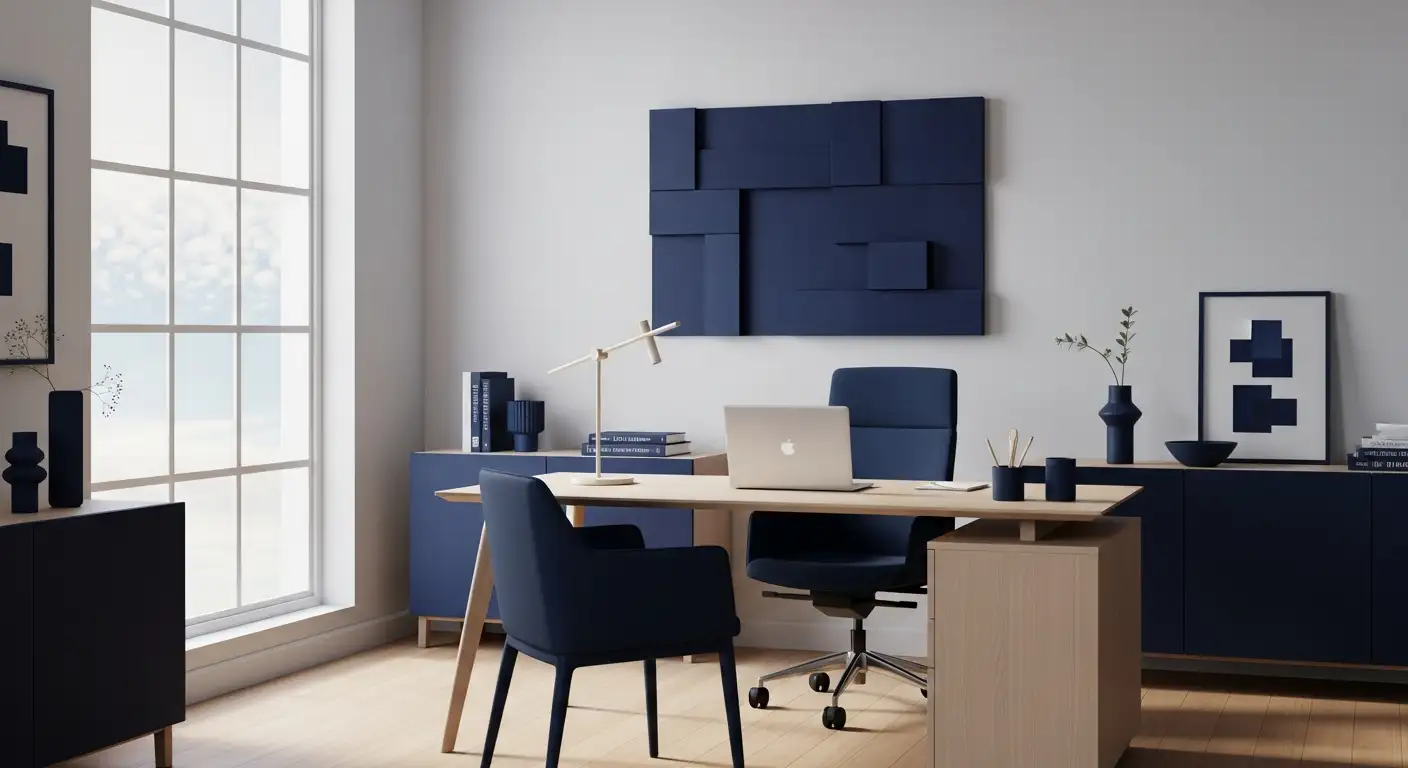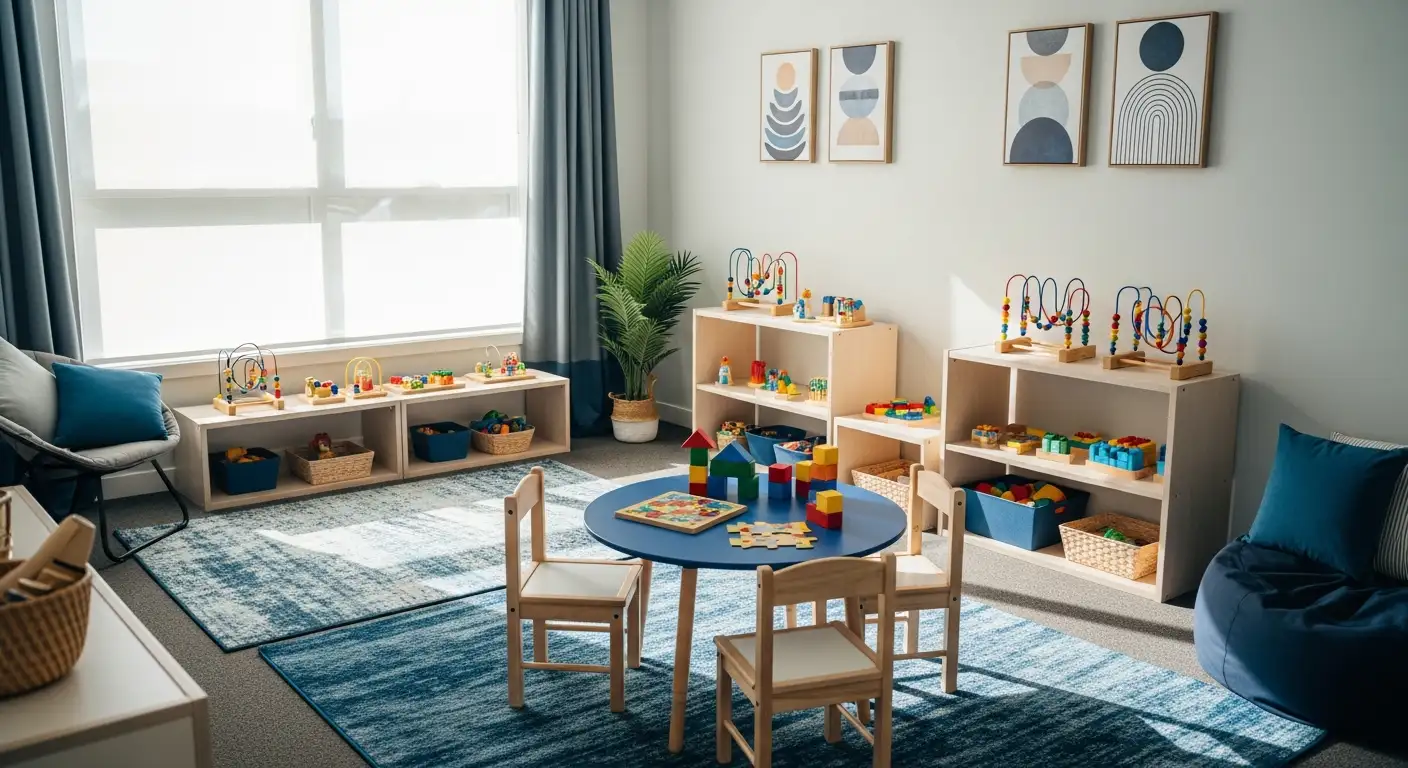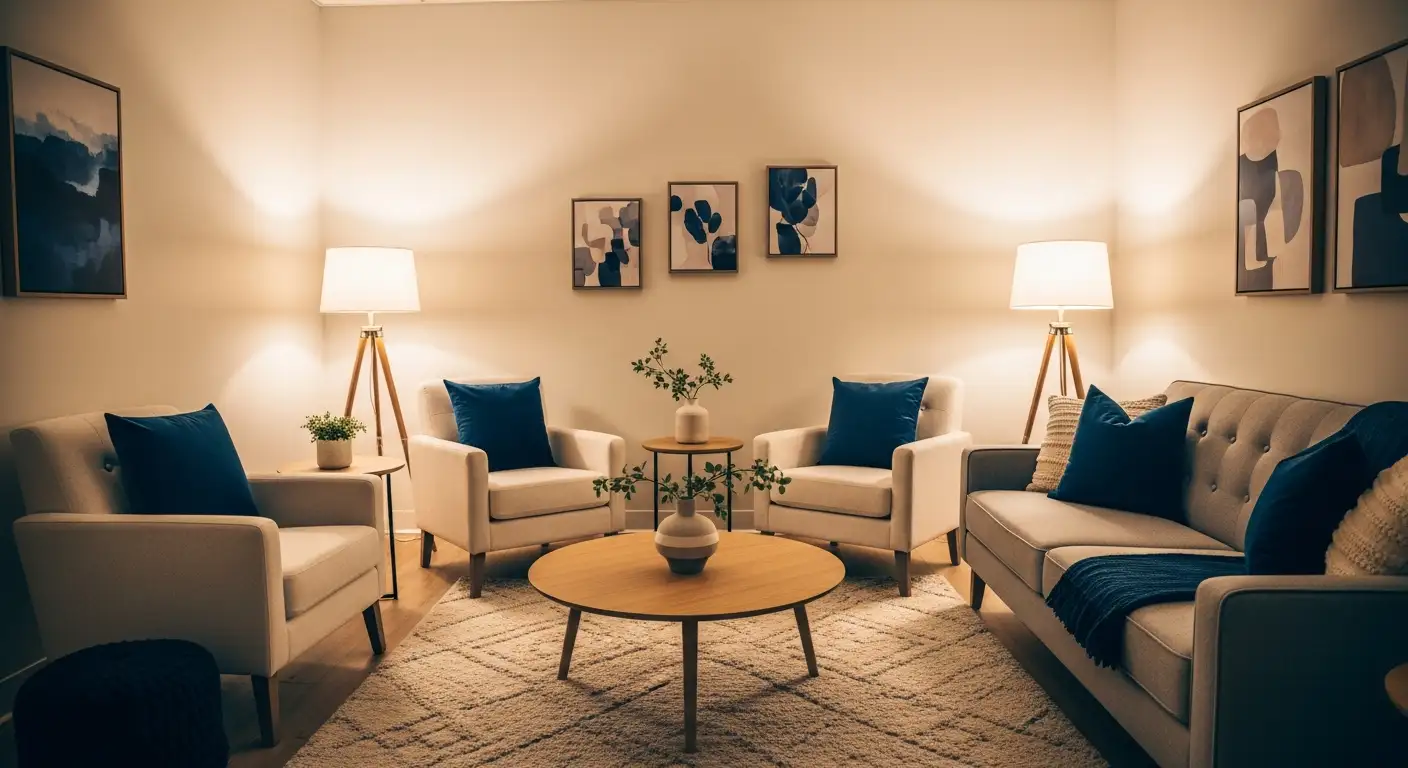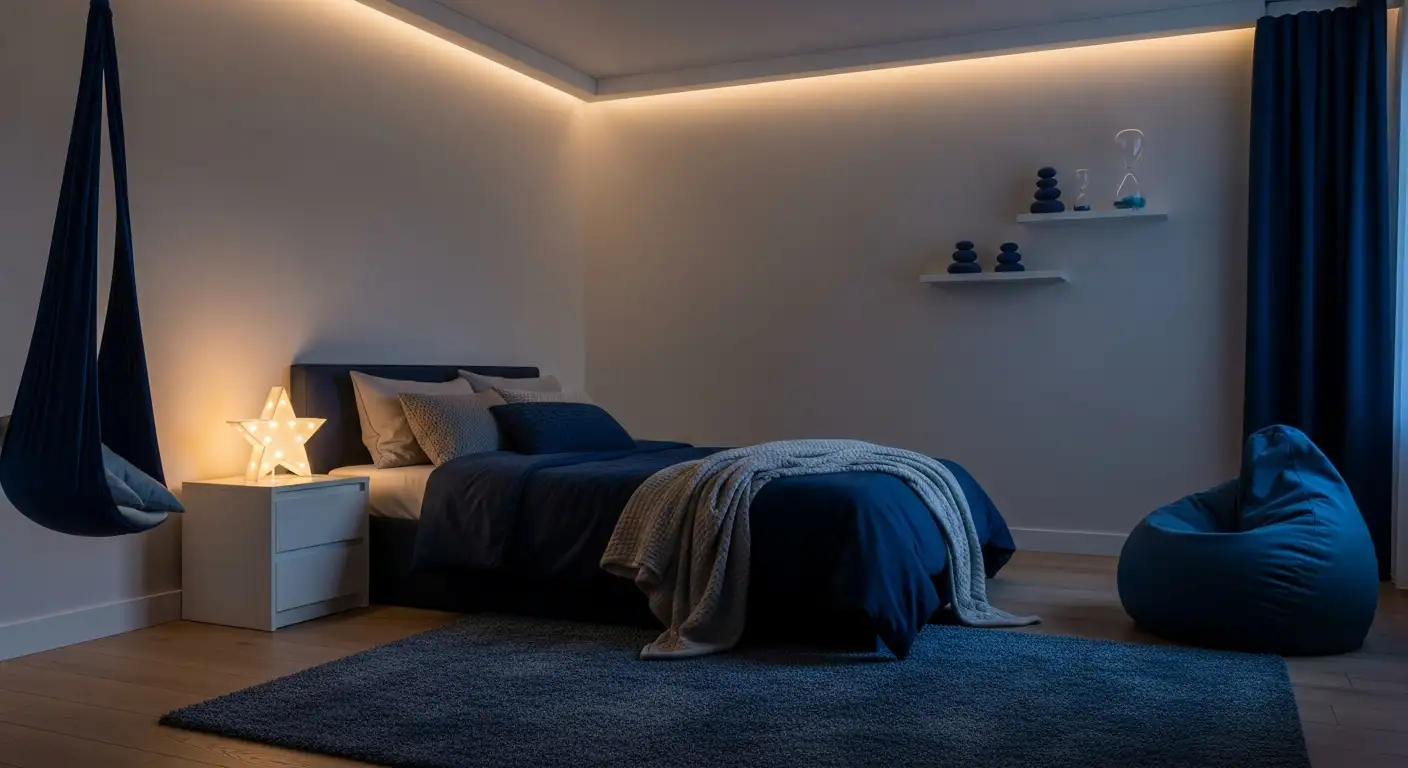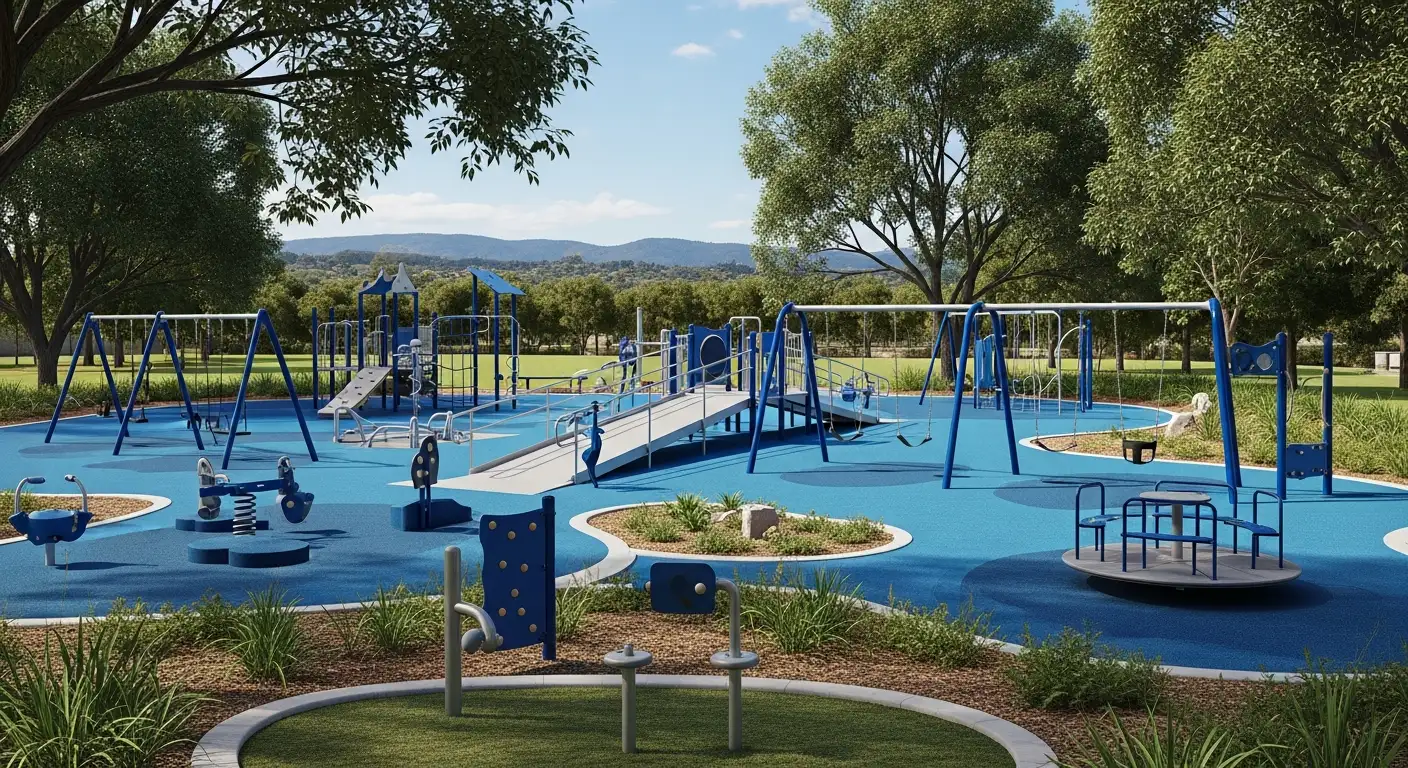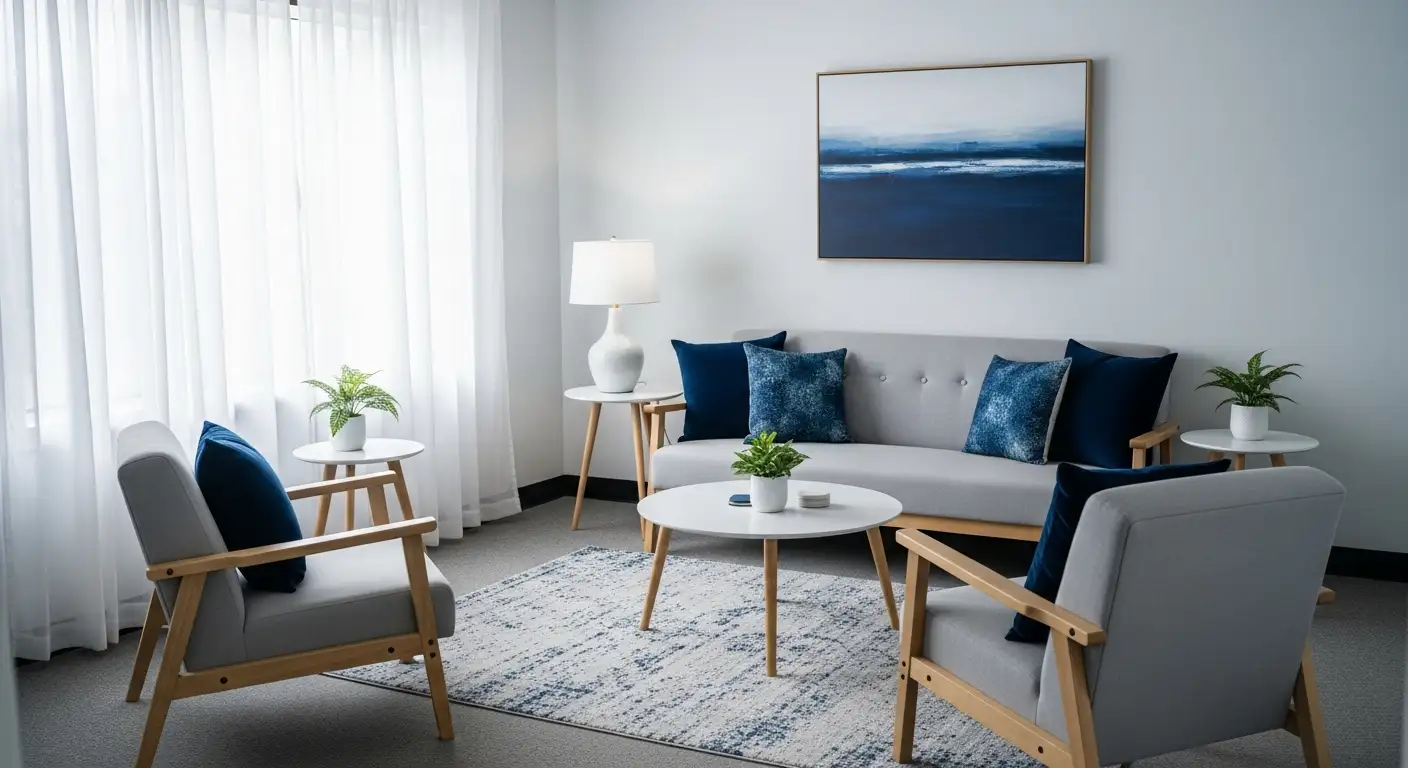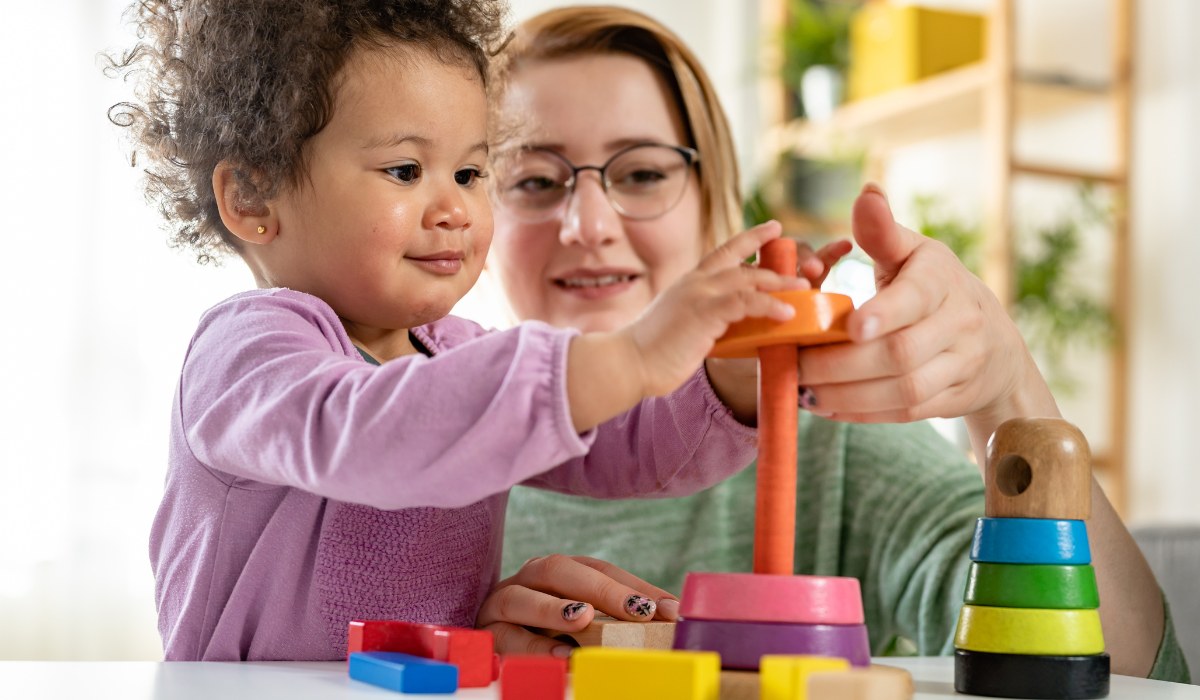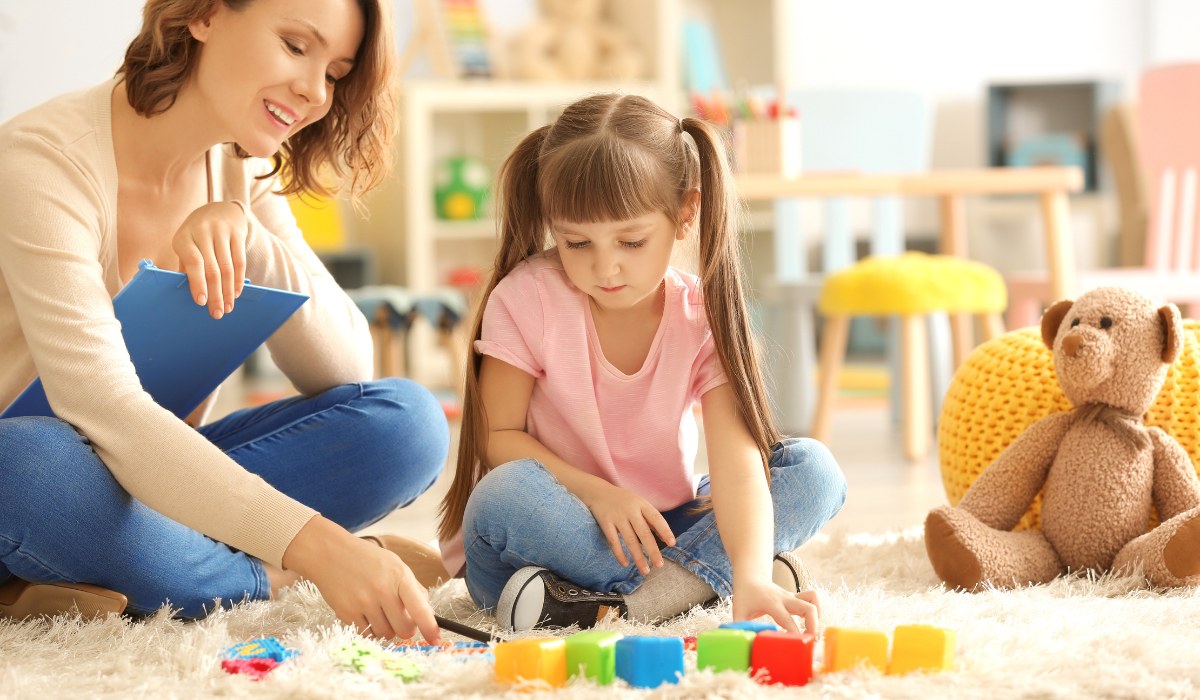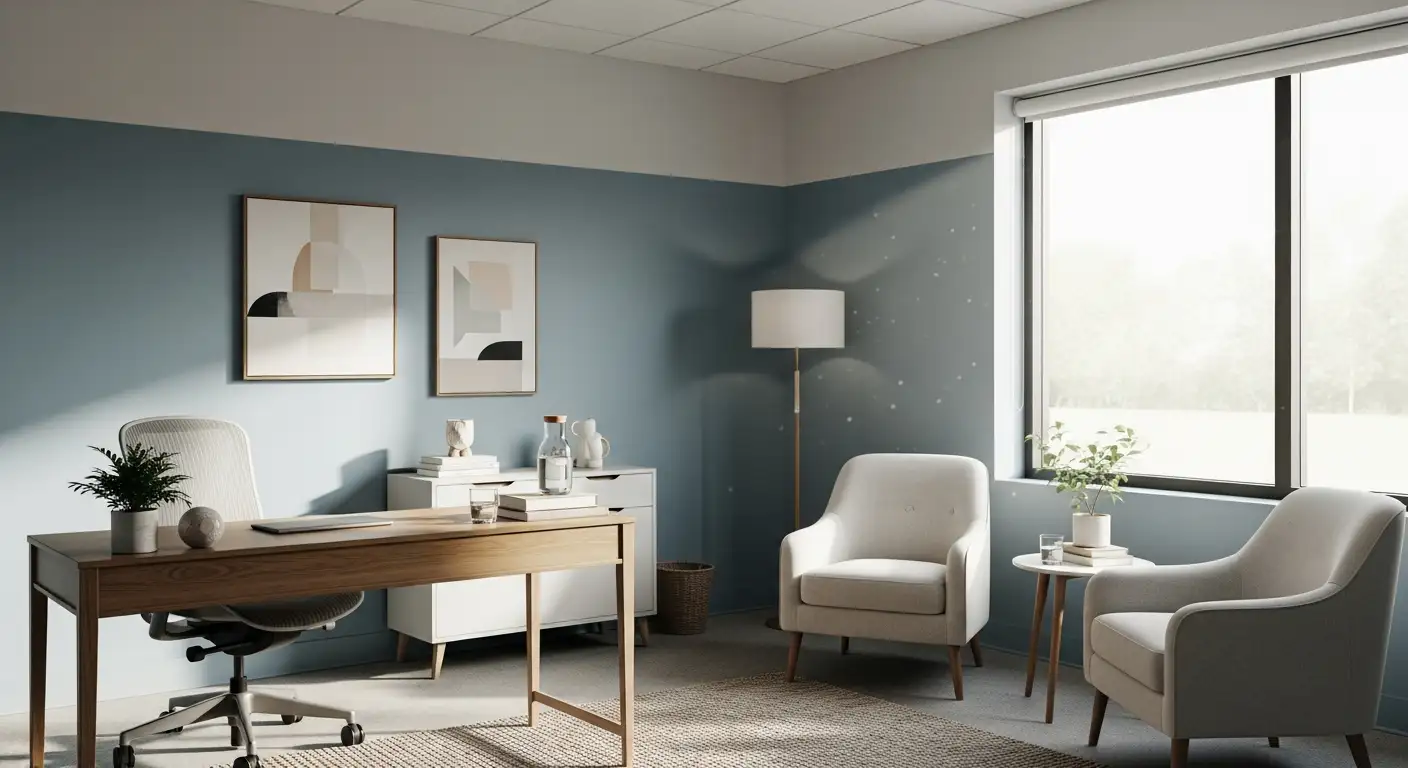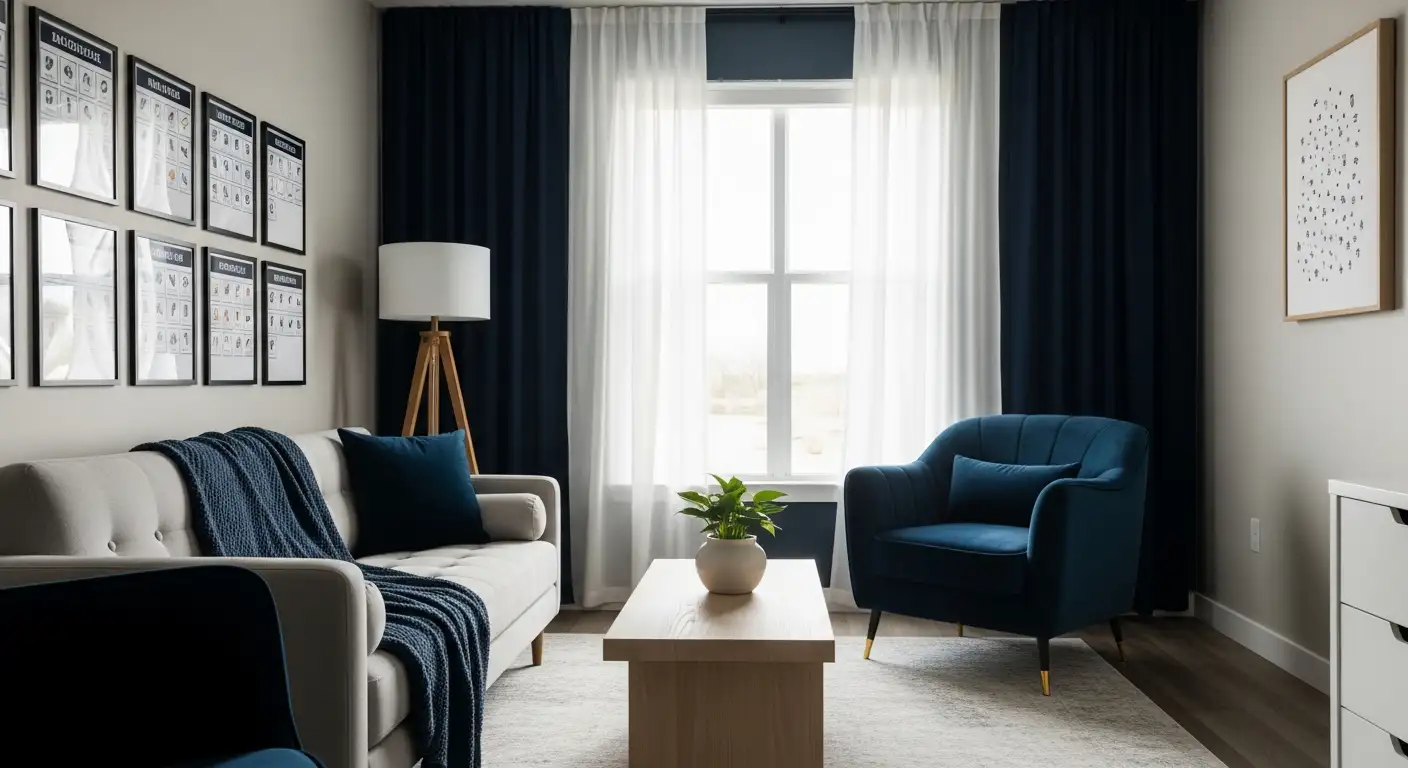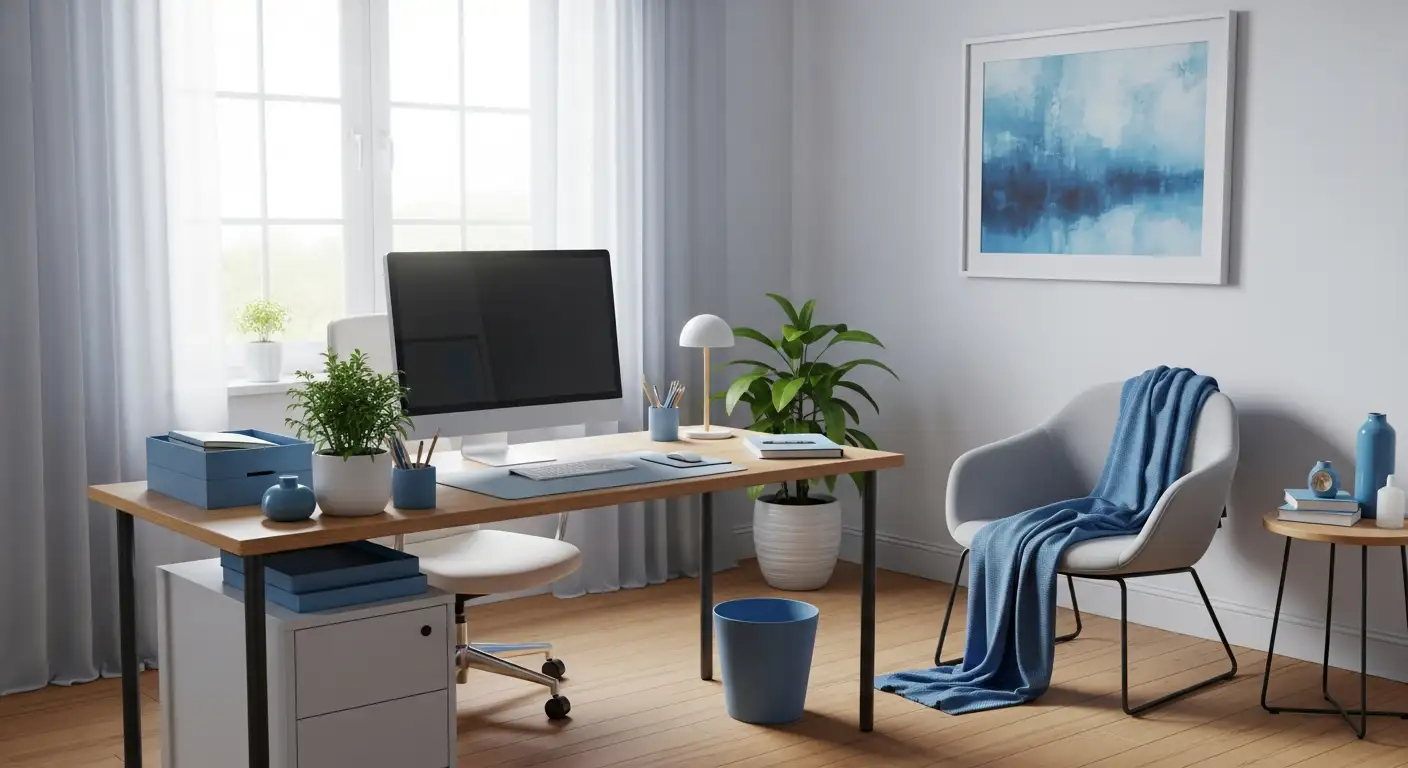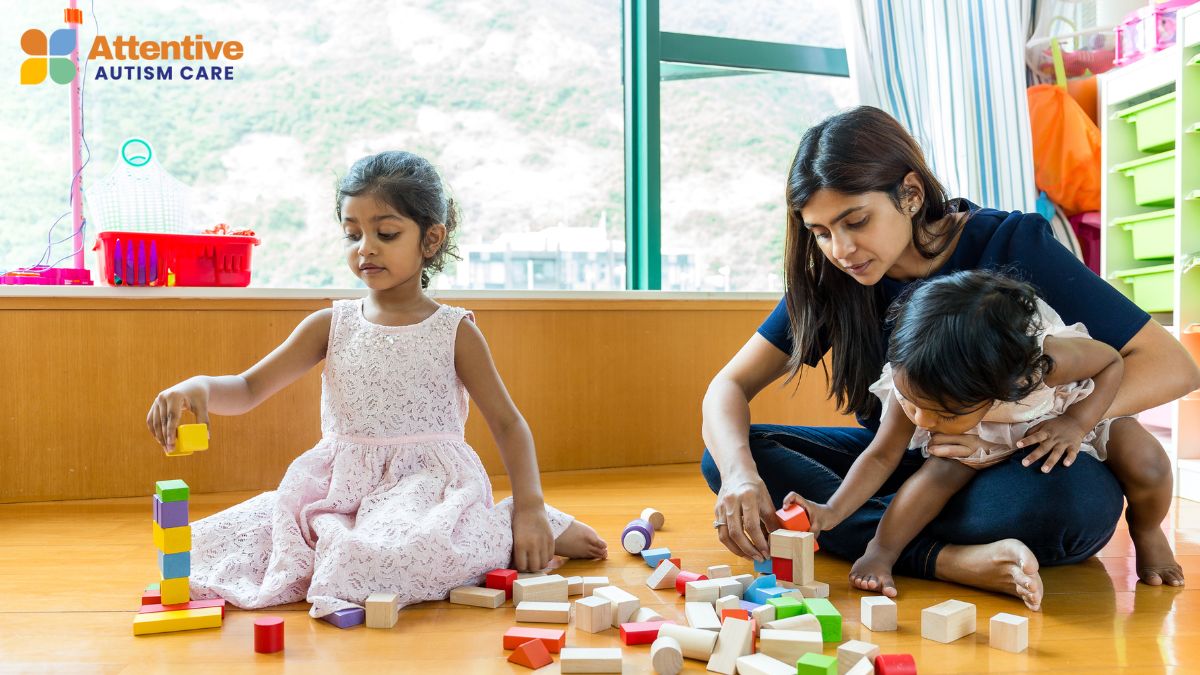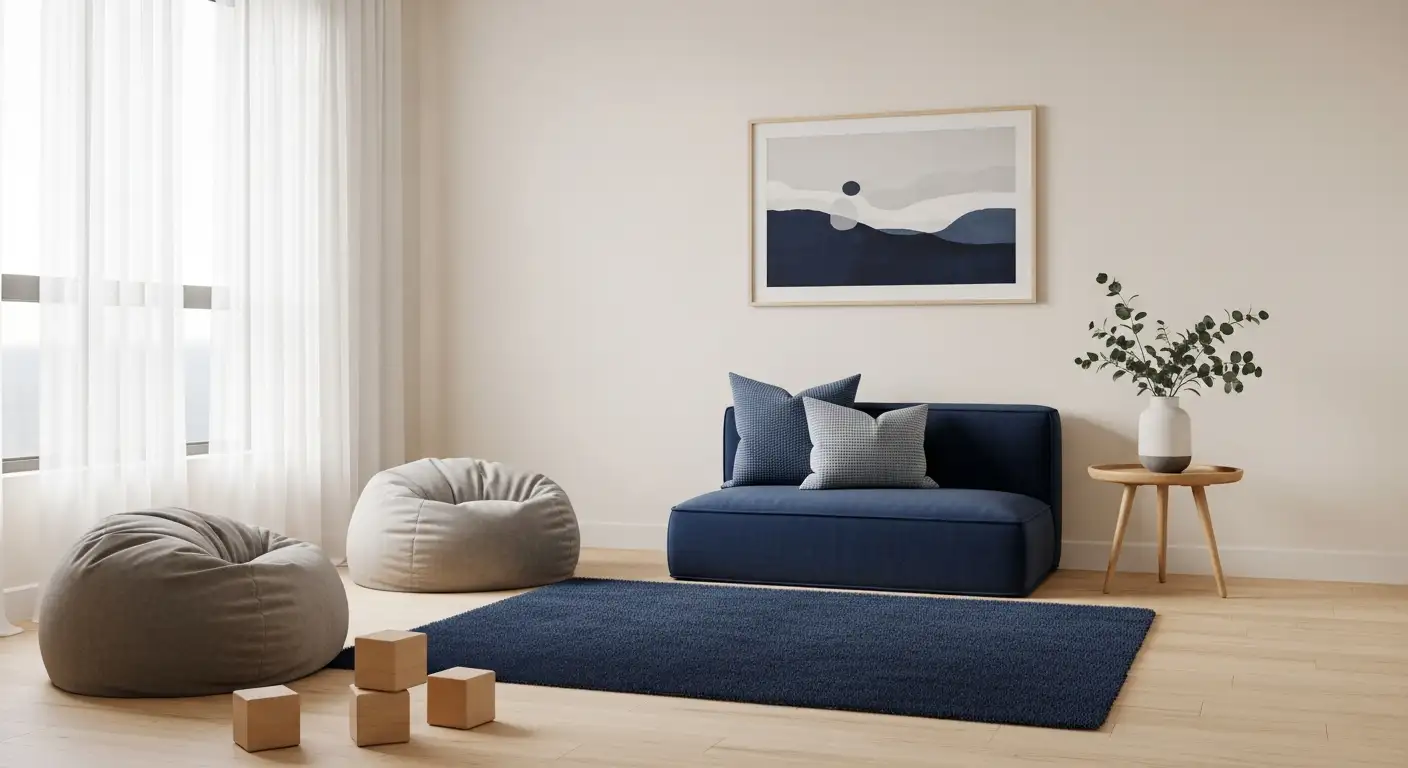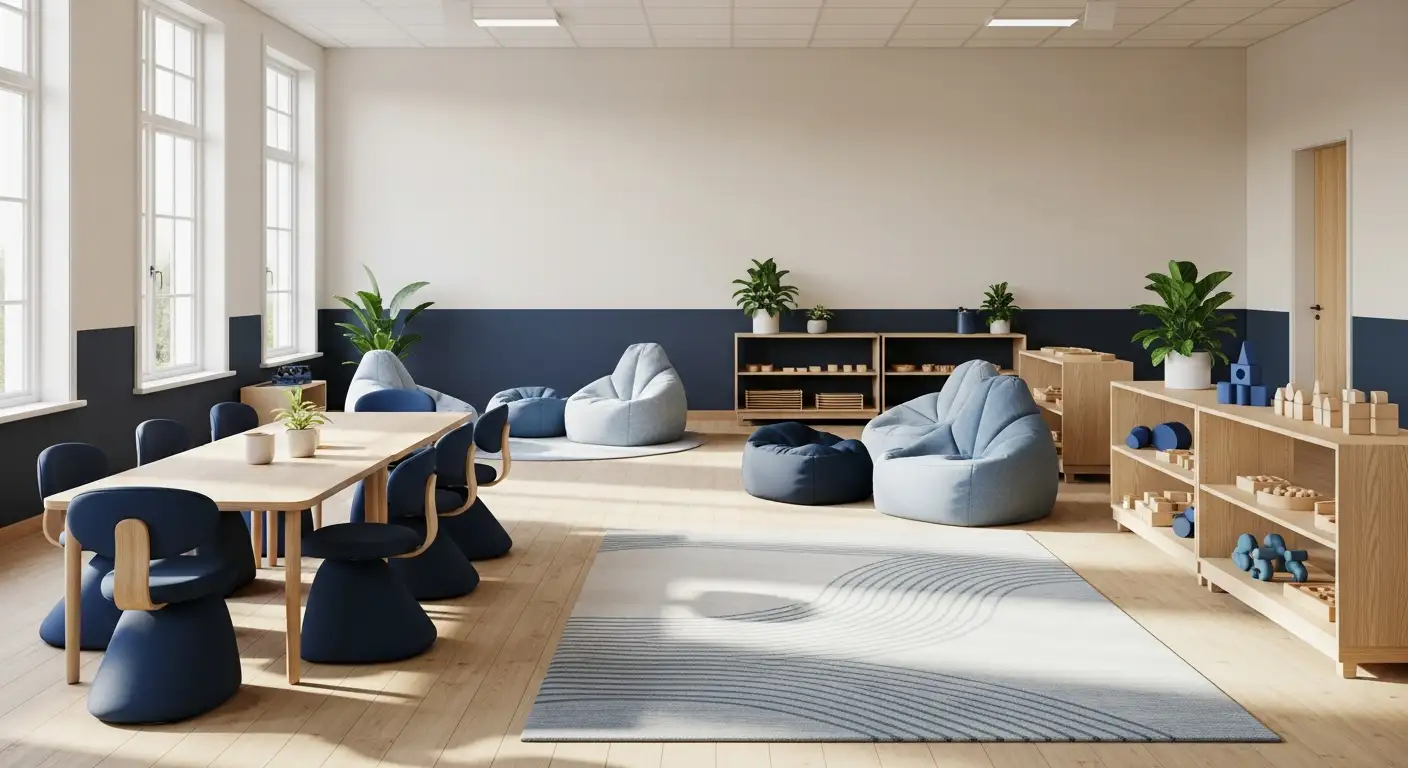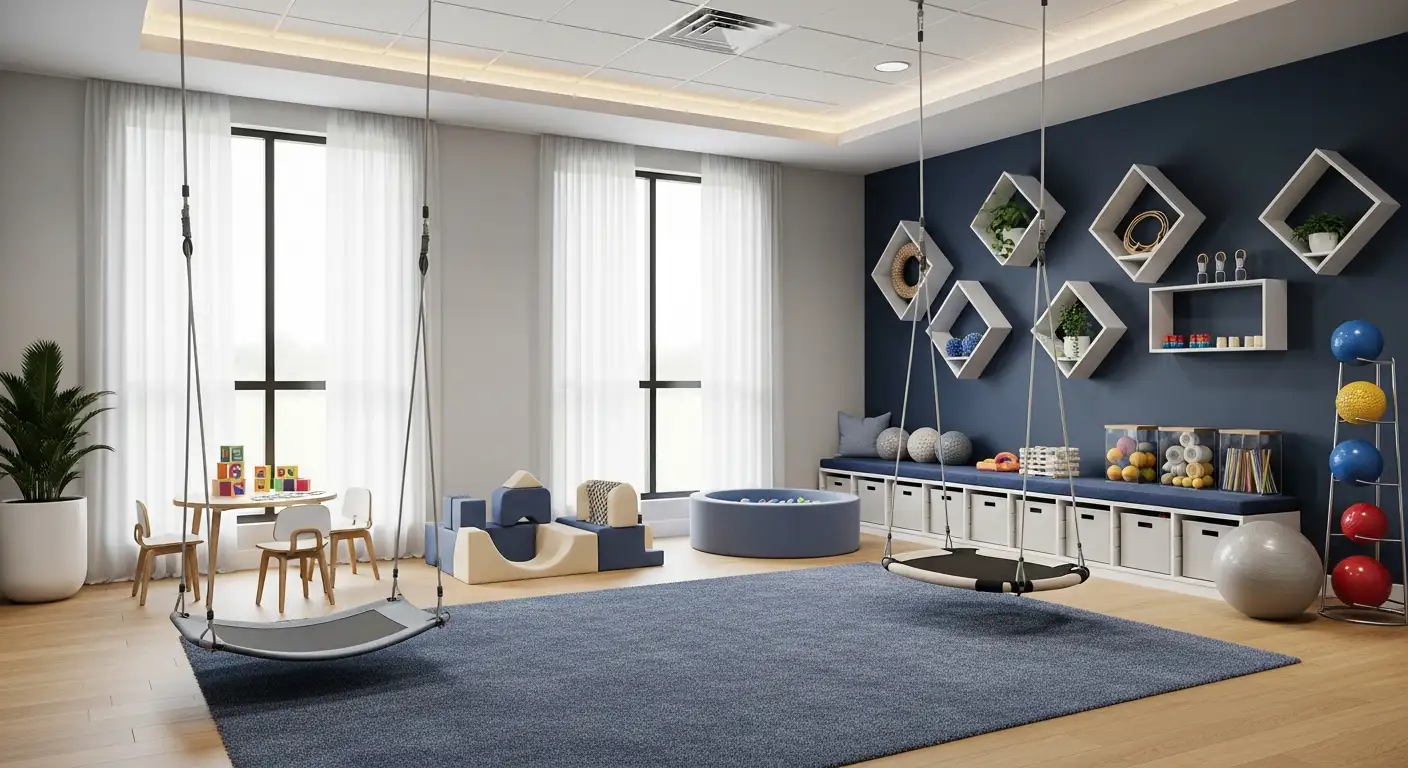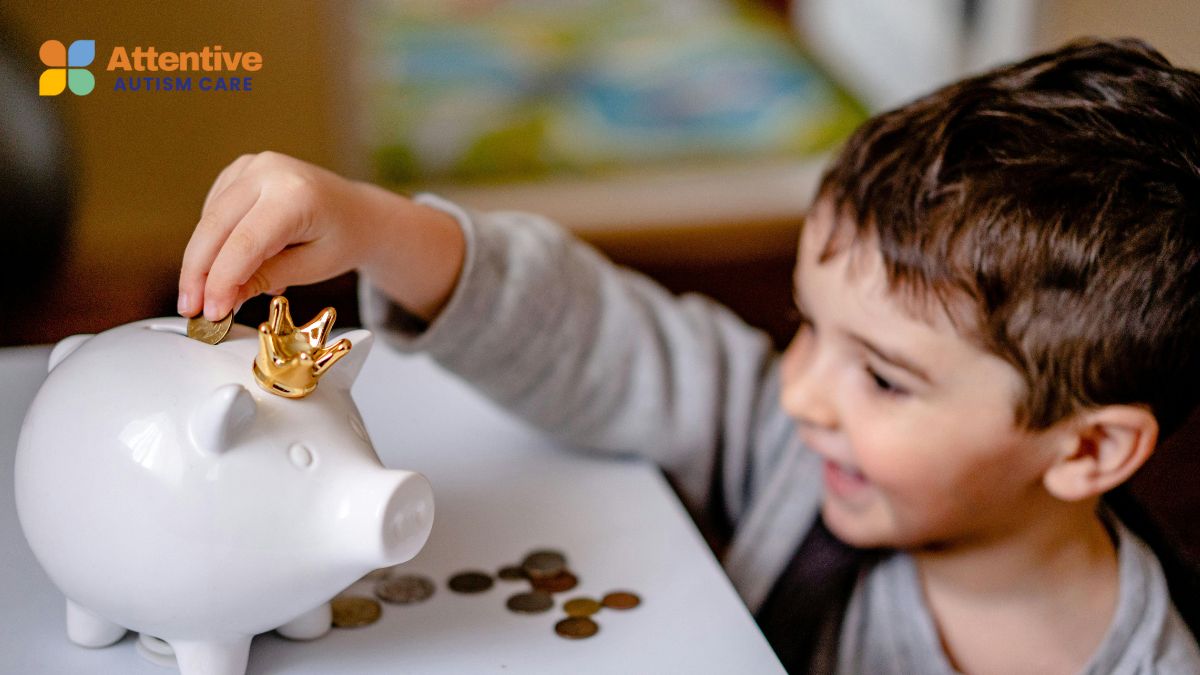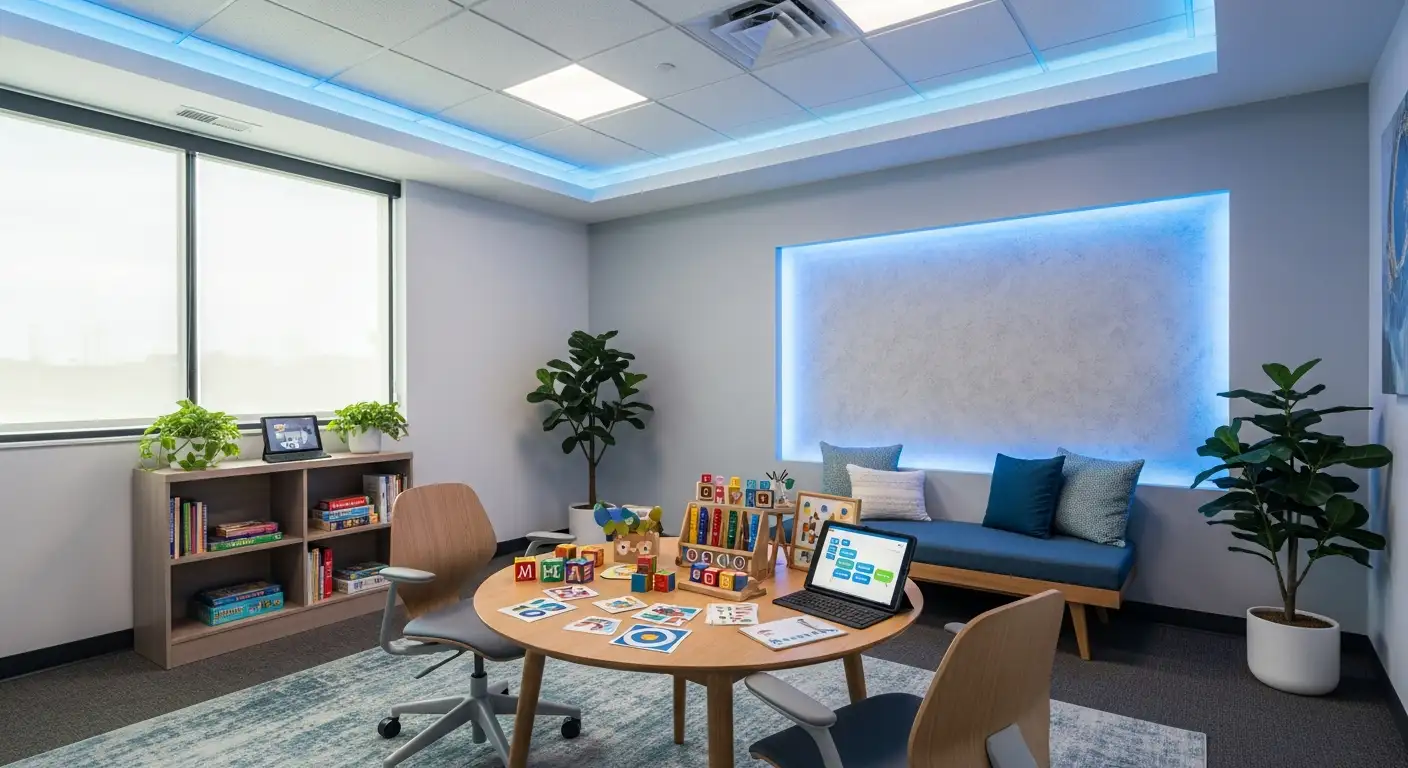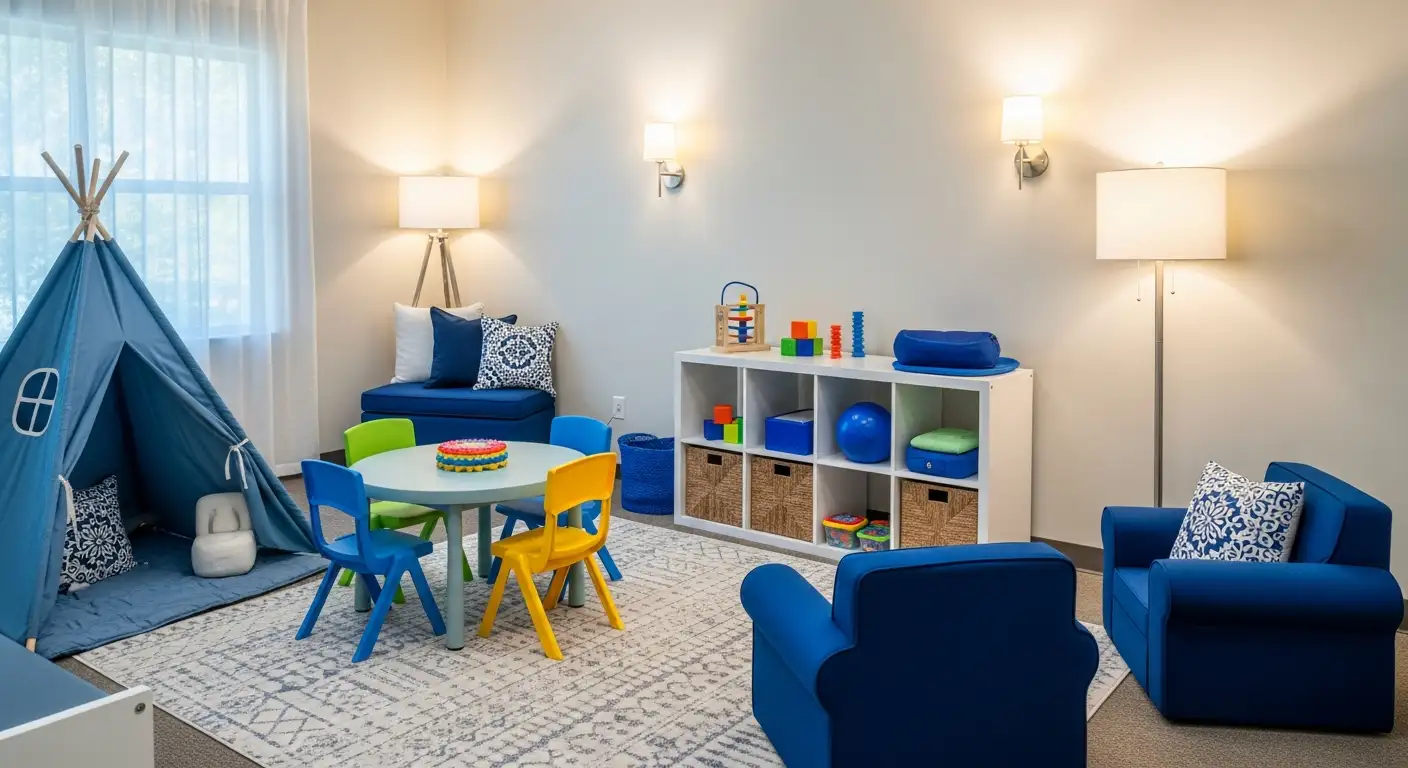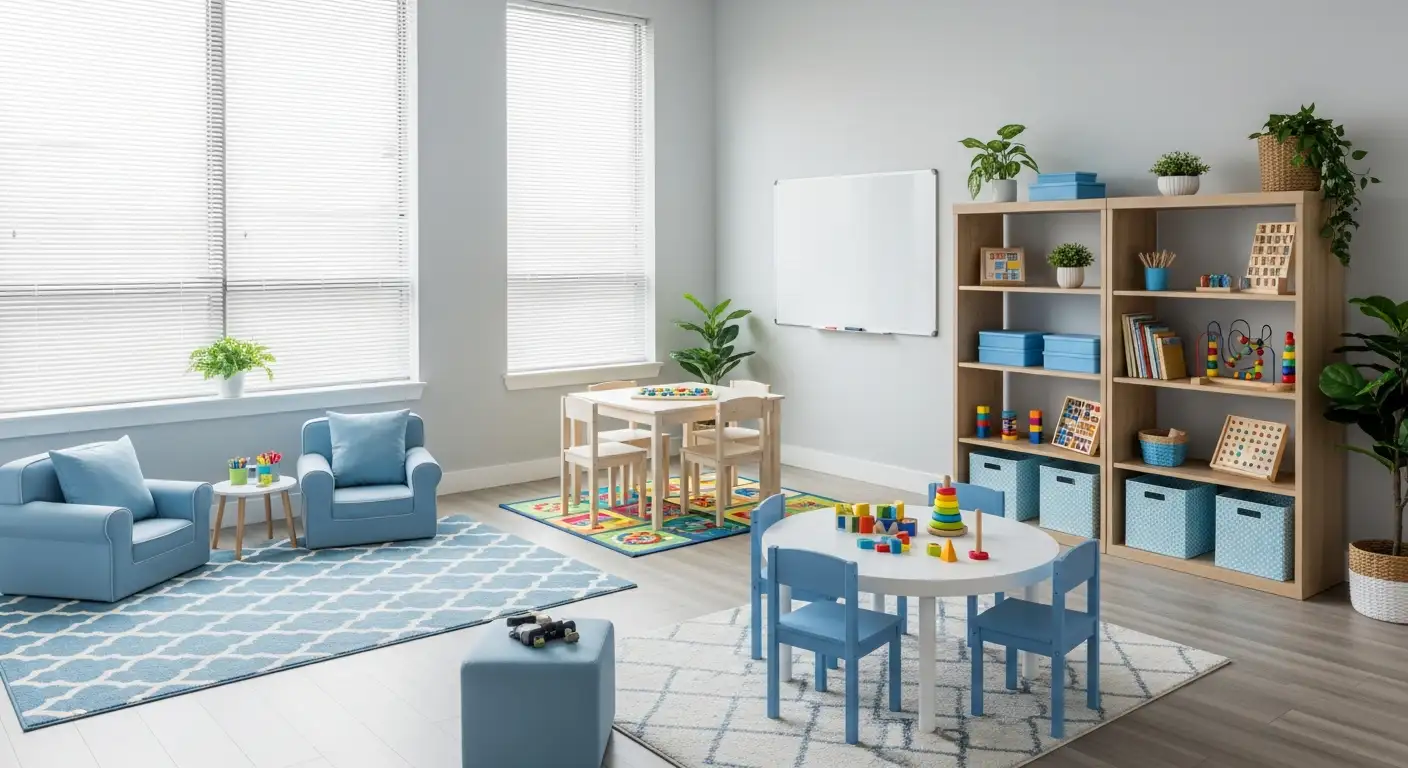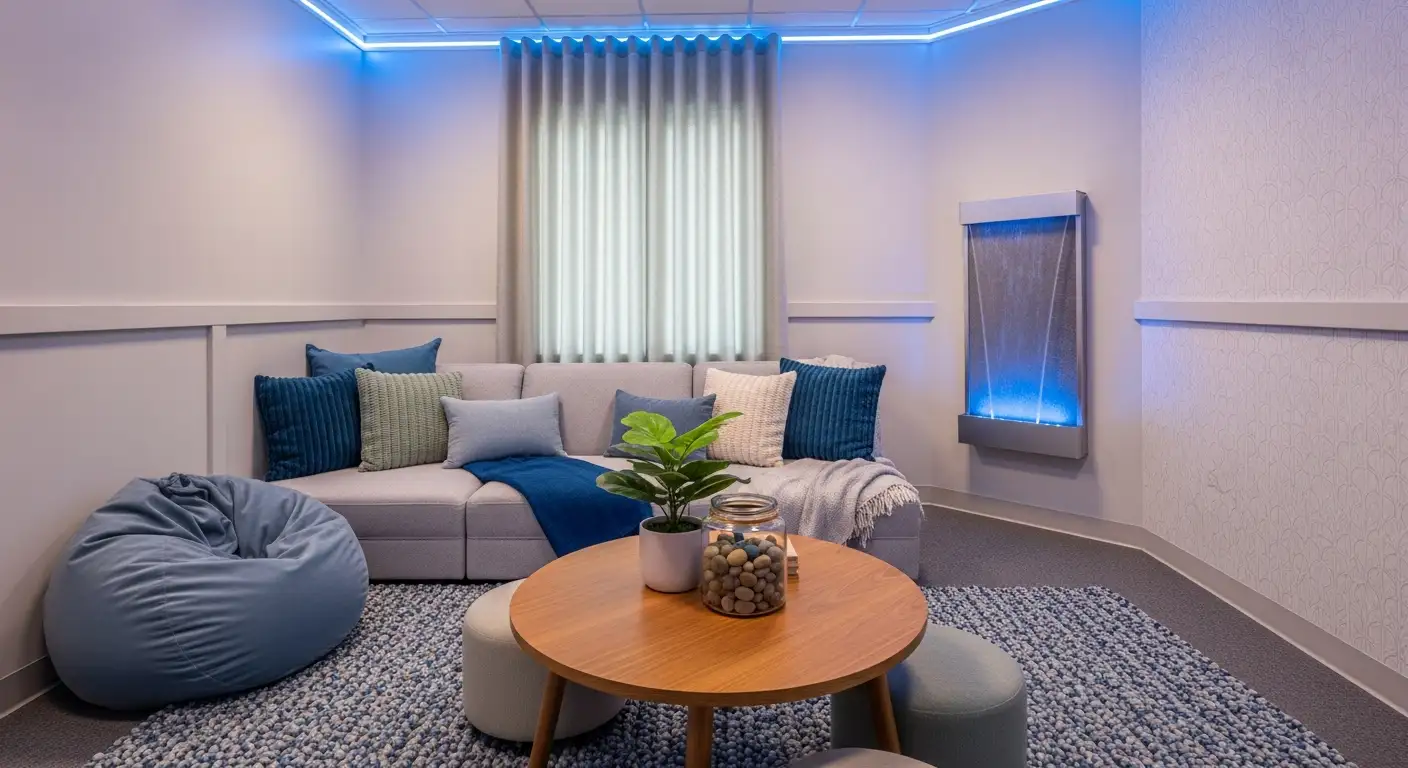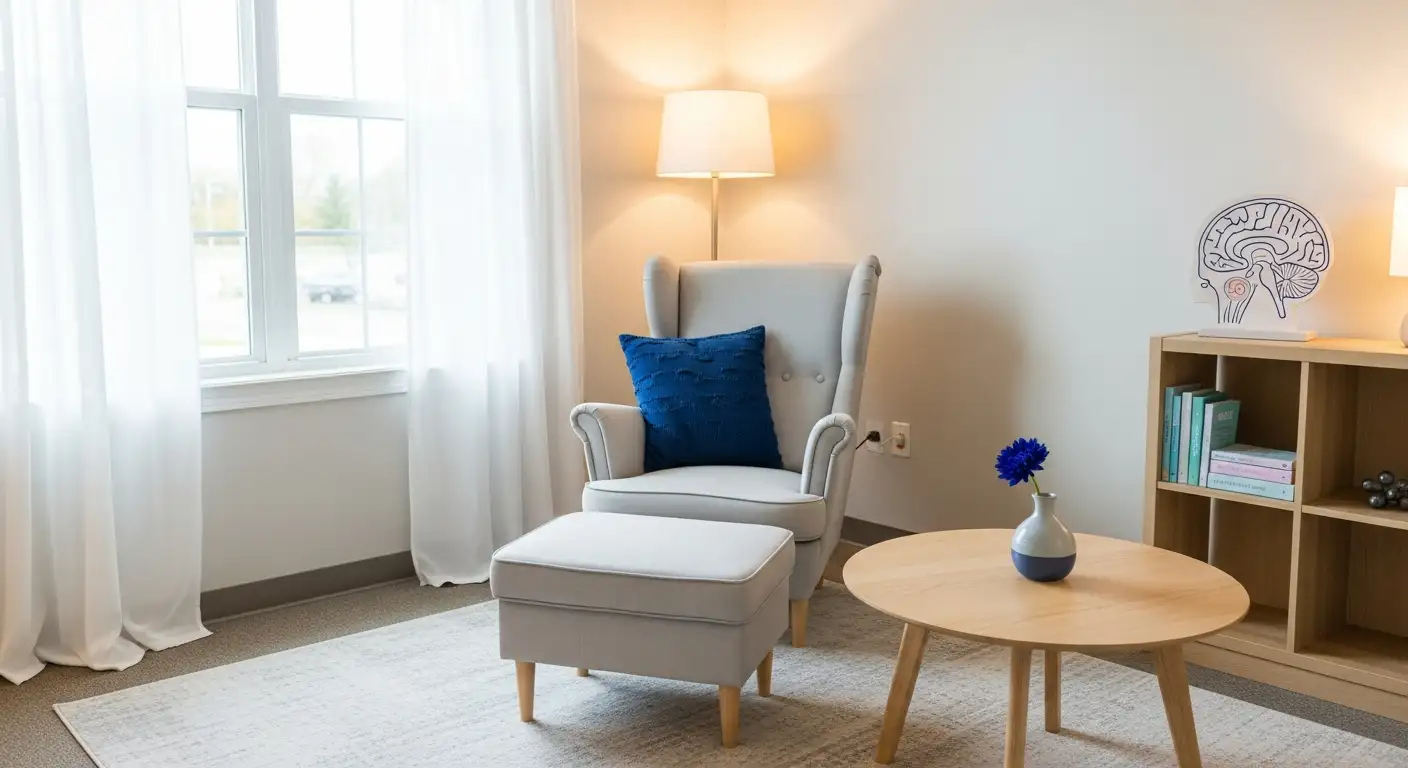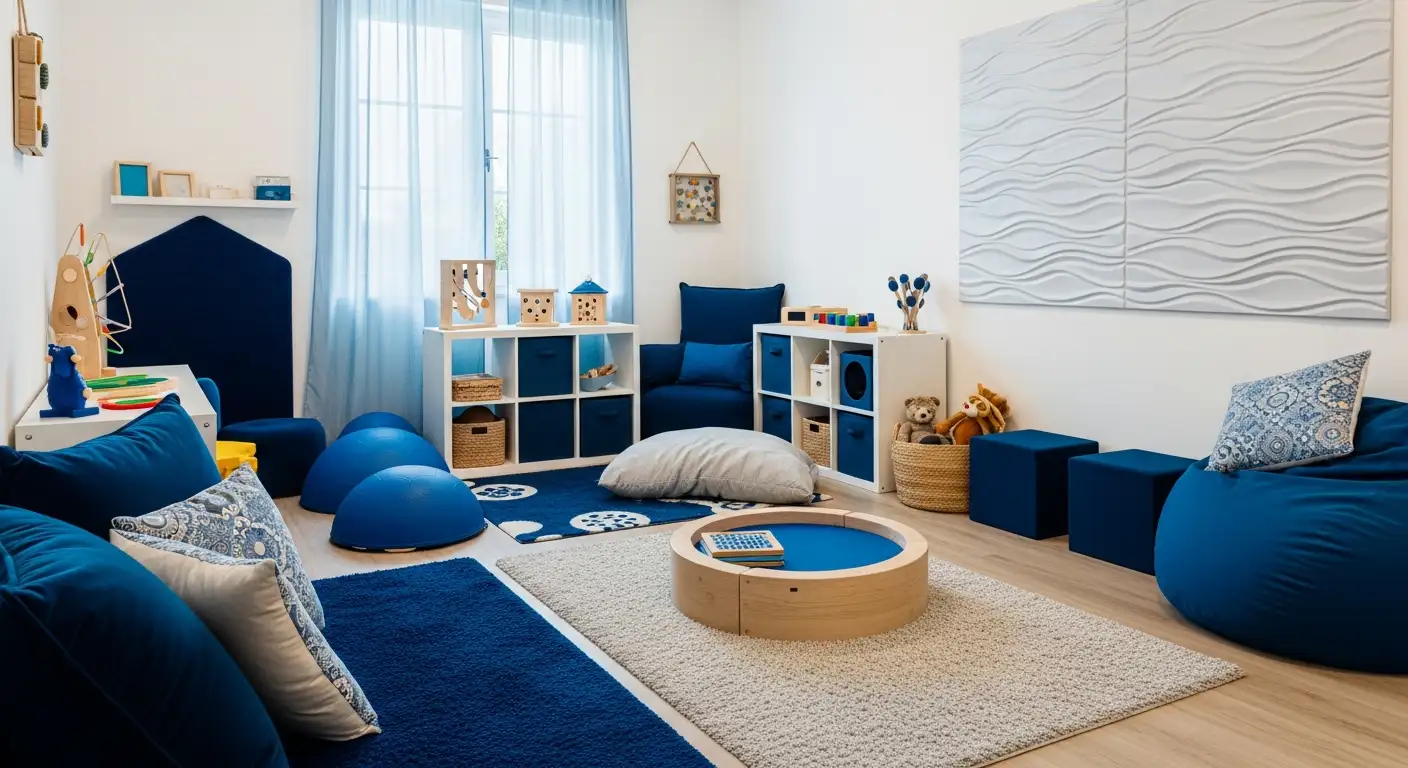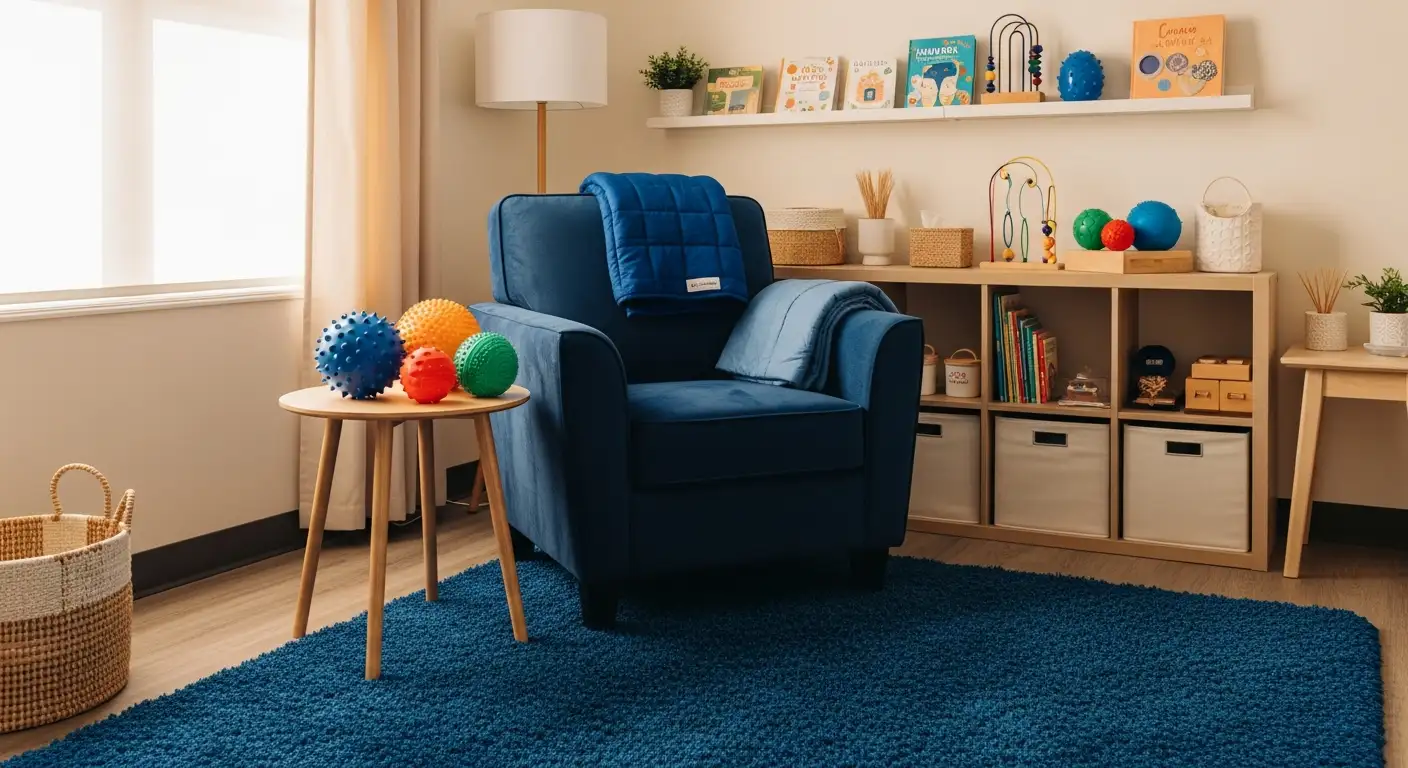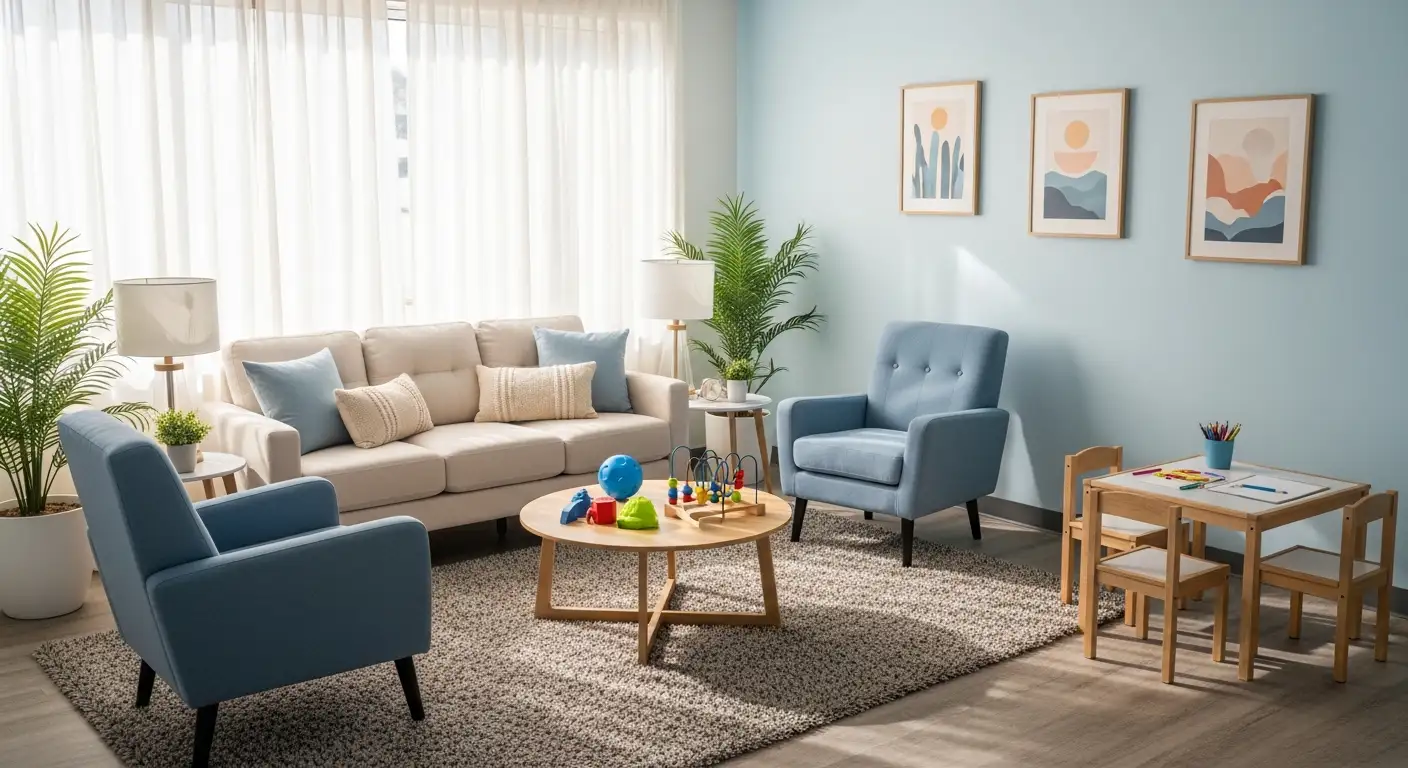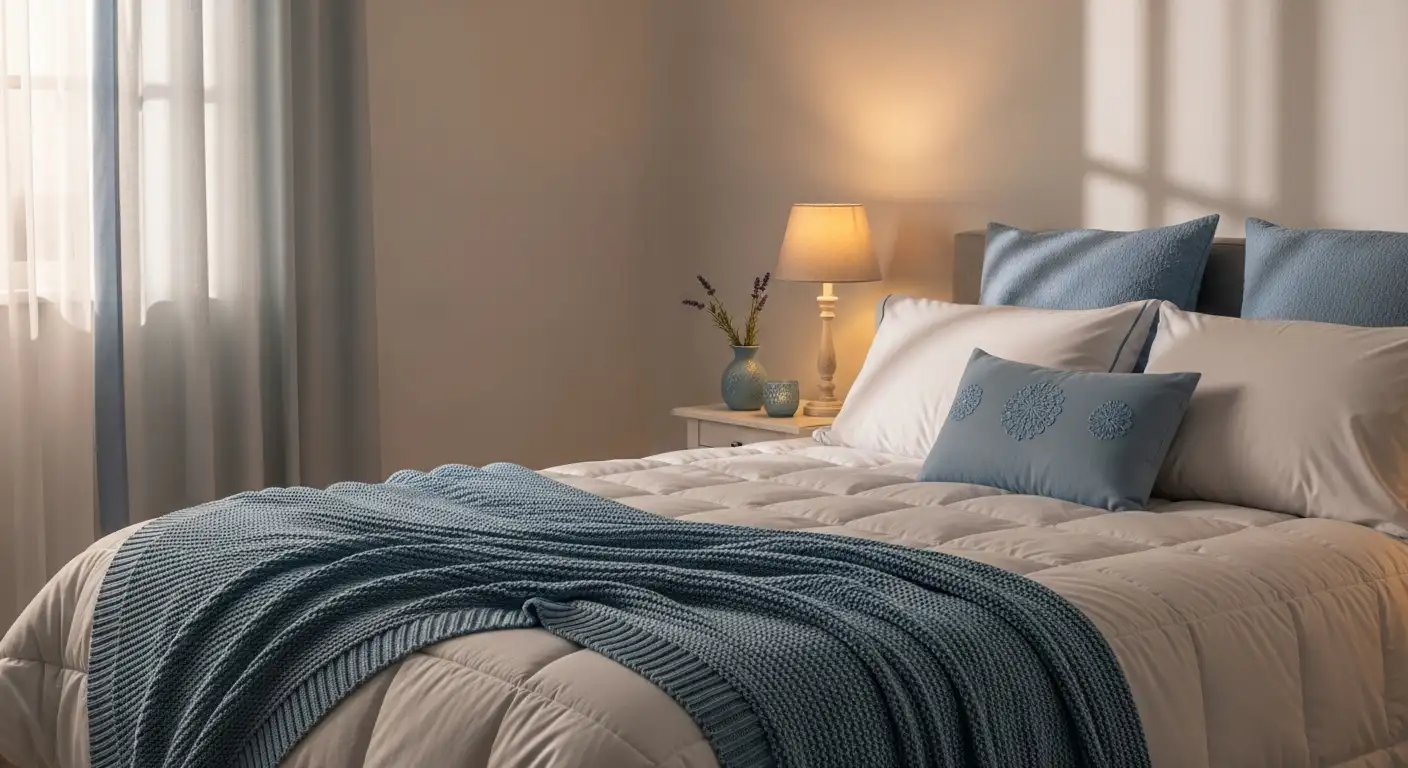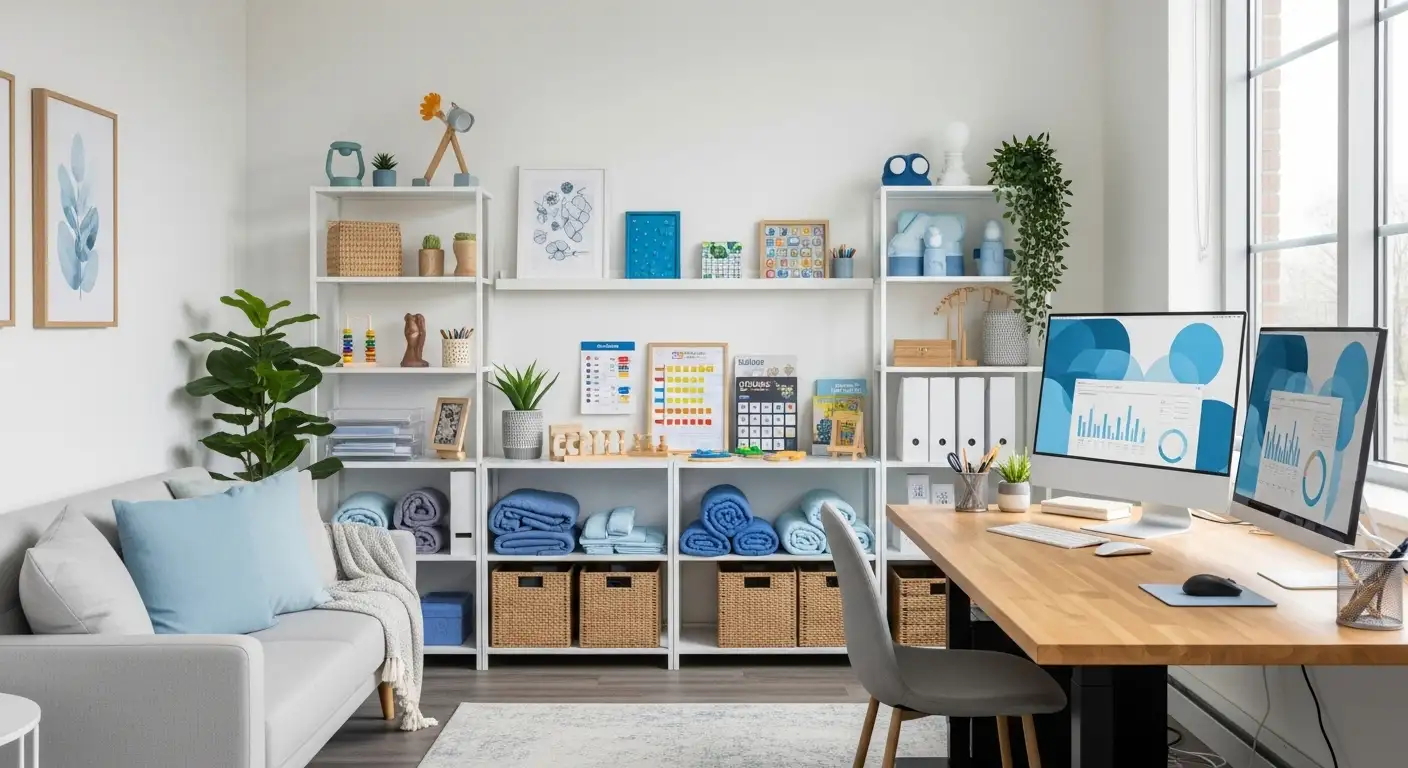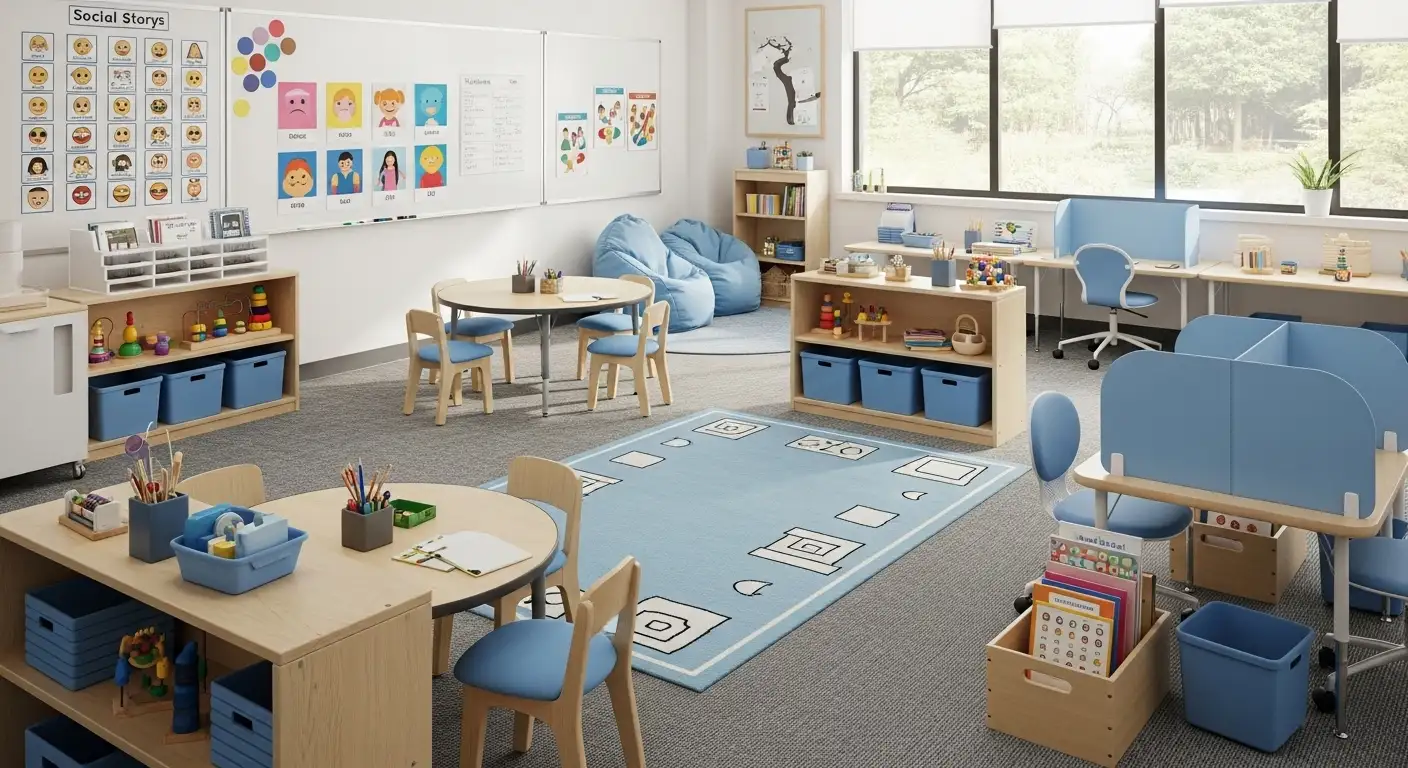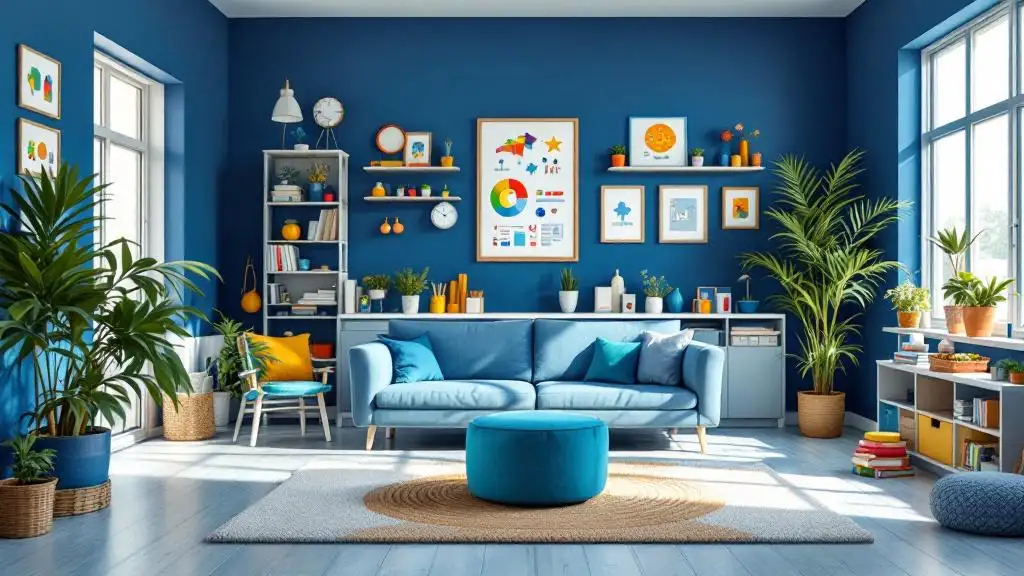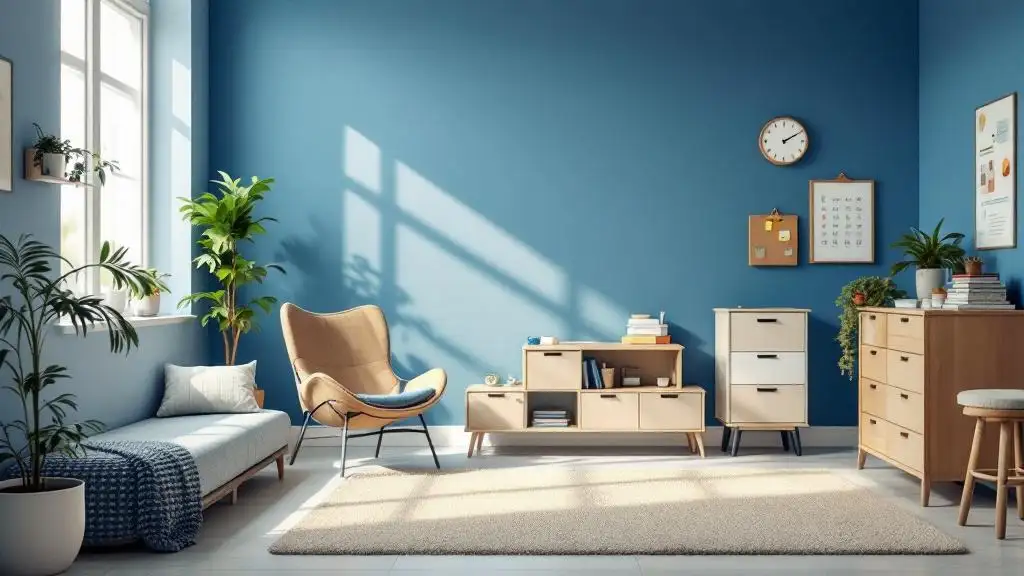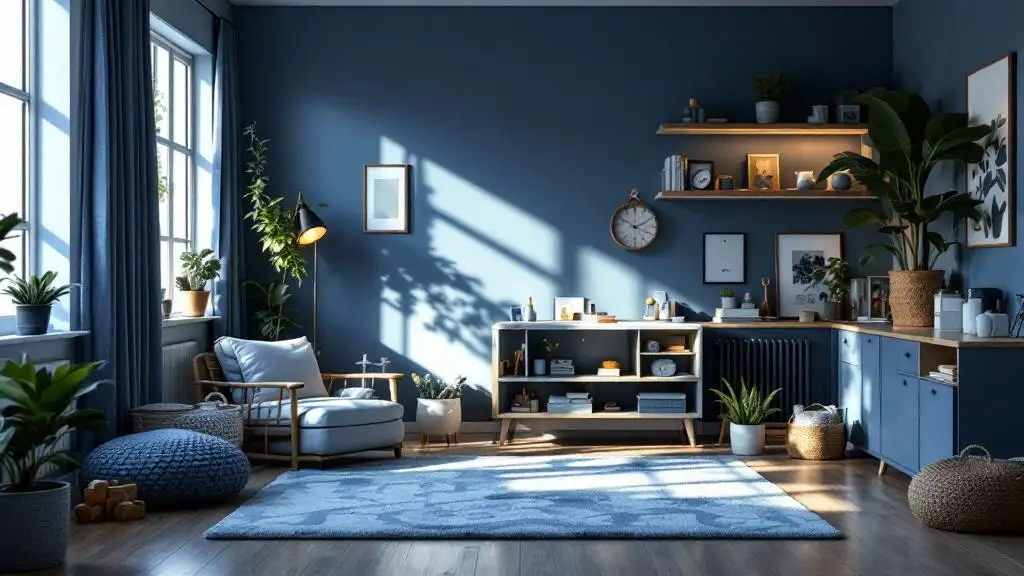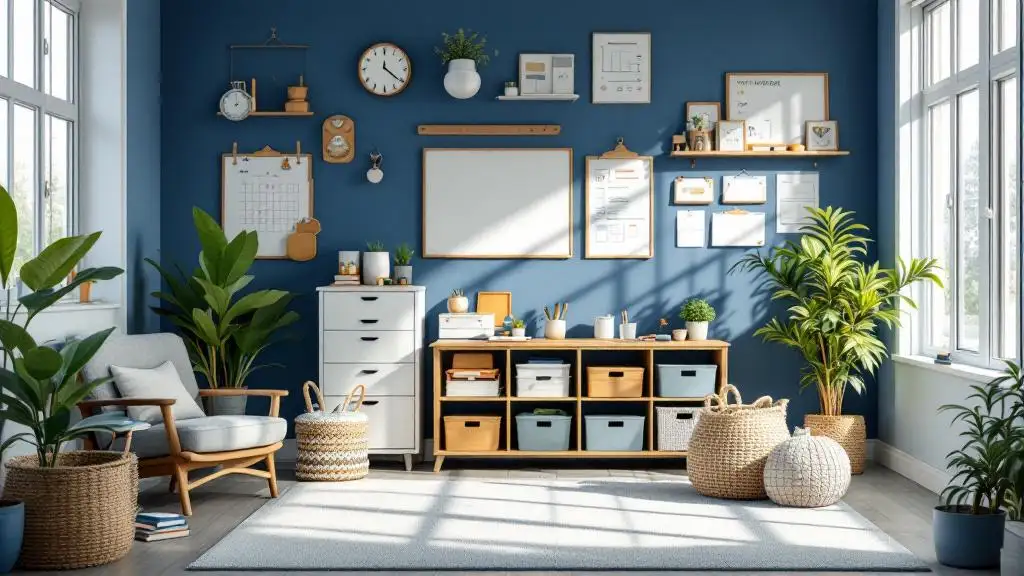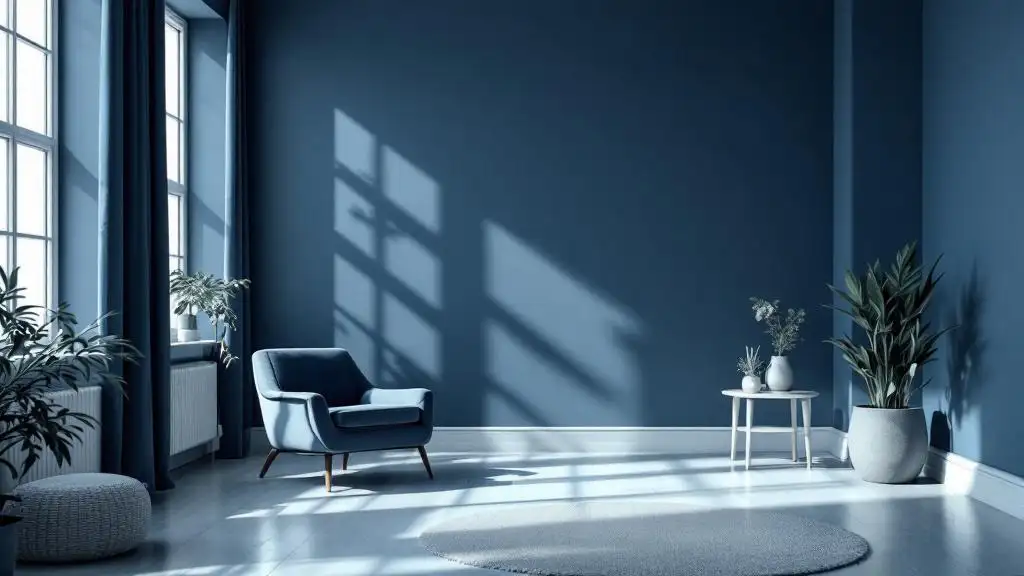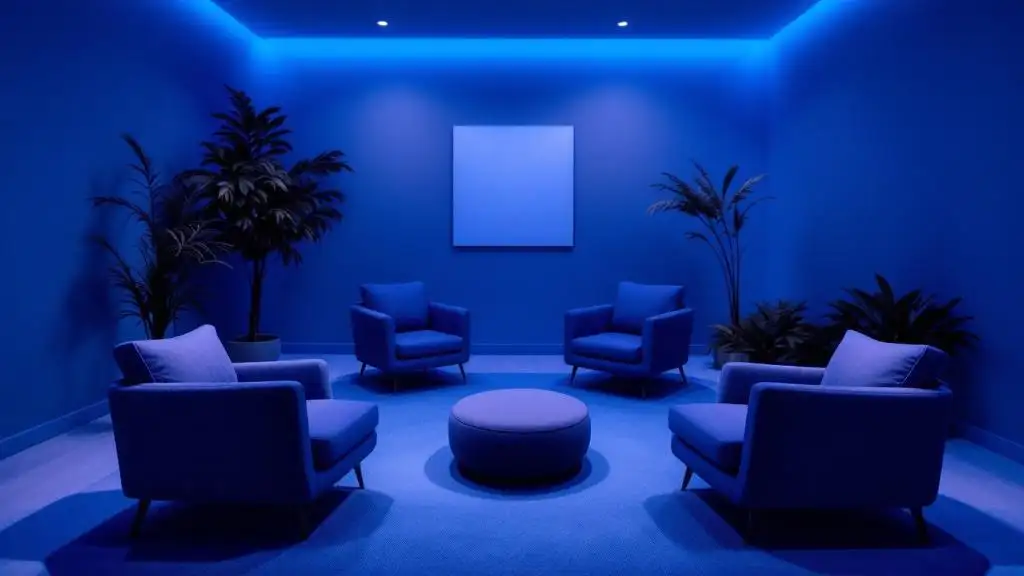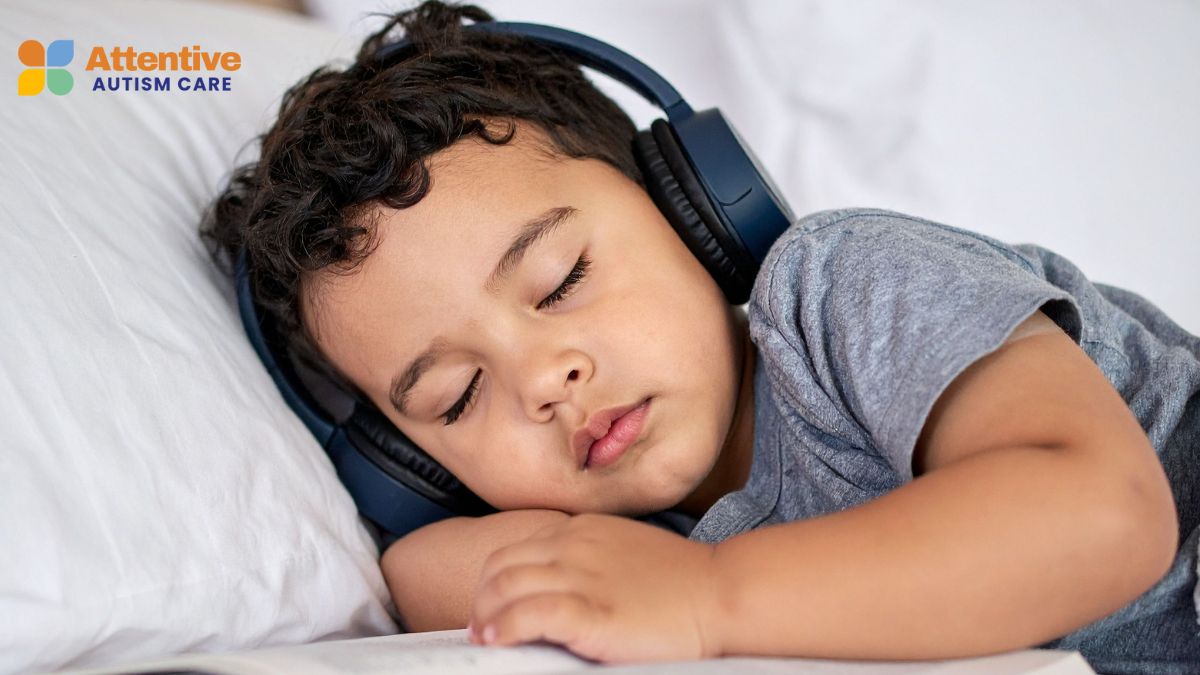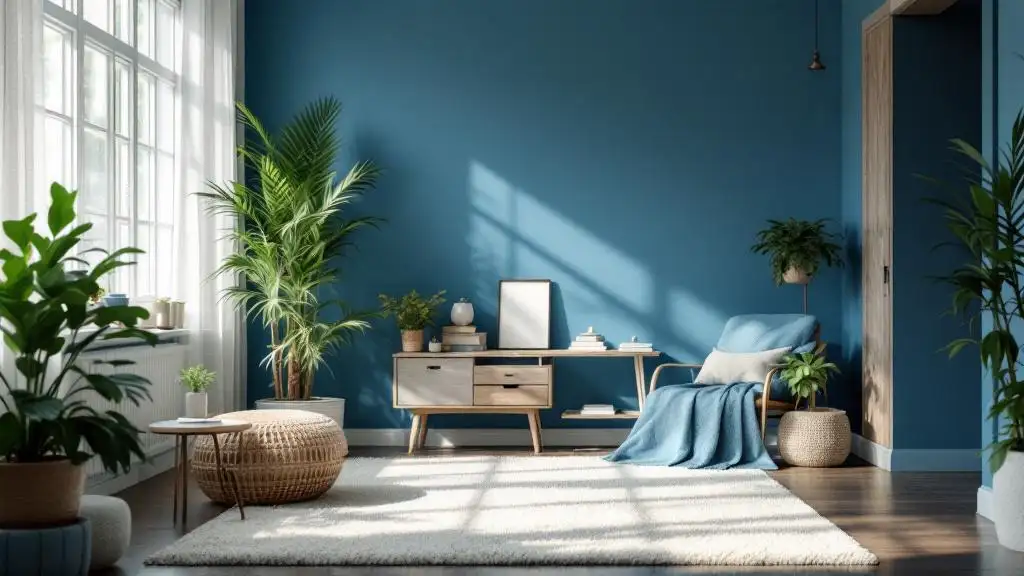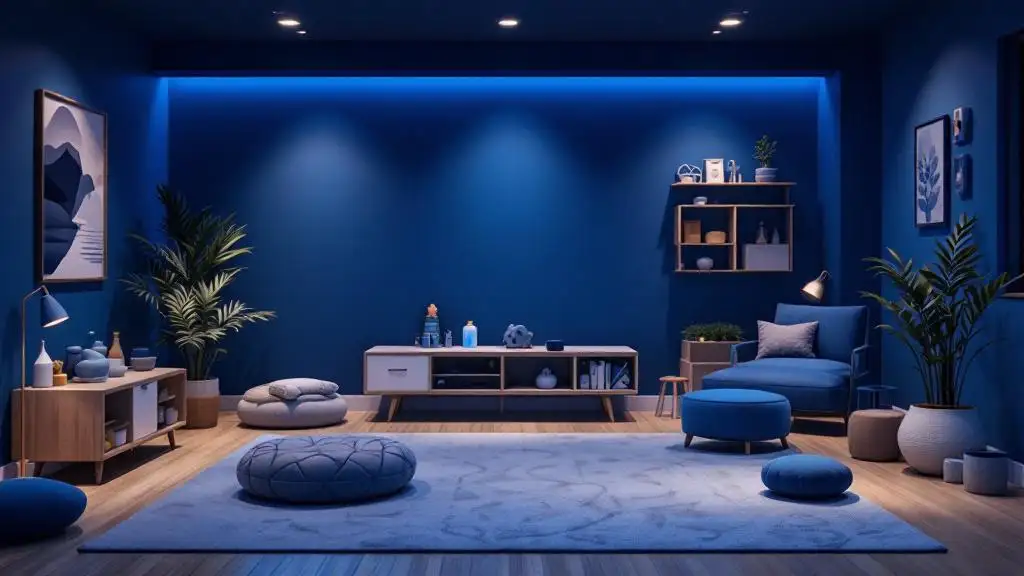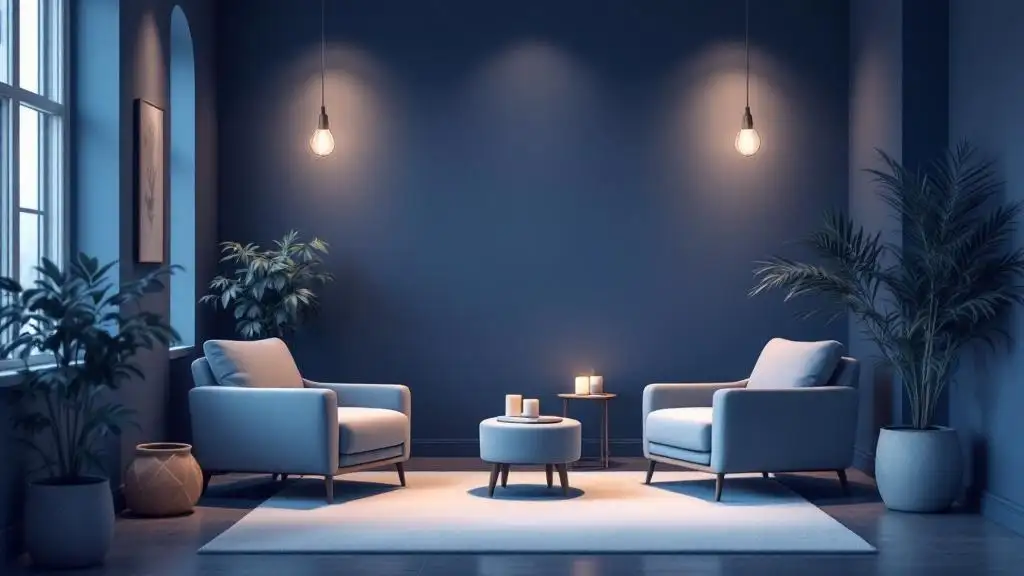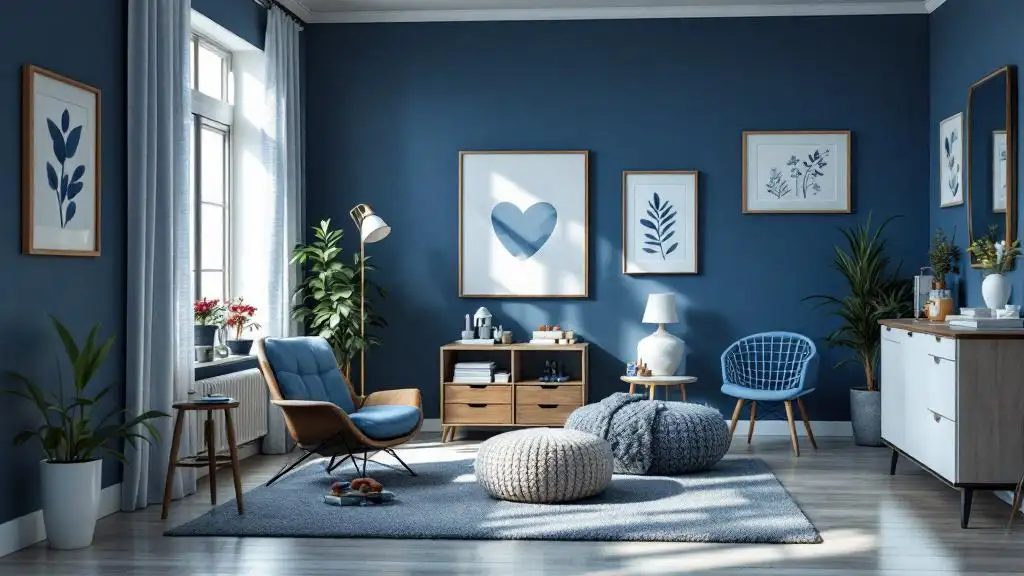Weighted Blankets For Autism
Calming Comforts: The Role of Weighted Blankets in Supporting Autism Spectrum Disorder

Understanding Weighted Blankets and Their Therapeutic Potential for Autism
Weighted blankets have gained recognition as a supportive tool for individuals with autism, offering sensory modulation and promoting relaxation. While scientific research continues to evolve, many users and caregivers report significant benefits. This article explores how these blankets work, the evidence behind their use, and considerations for selecting the appropriate one.
Benefits of Weighted Blankets for Individuals with Autism
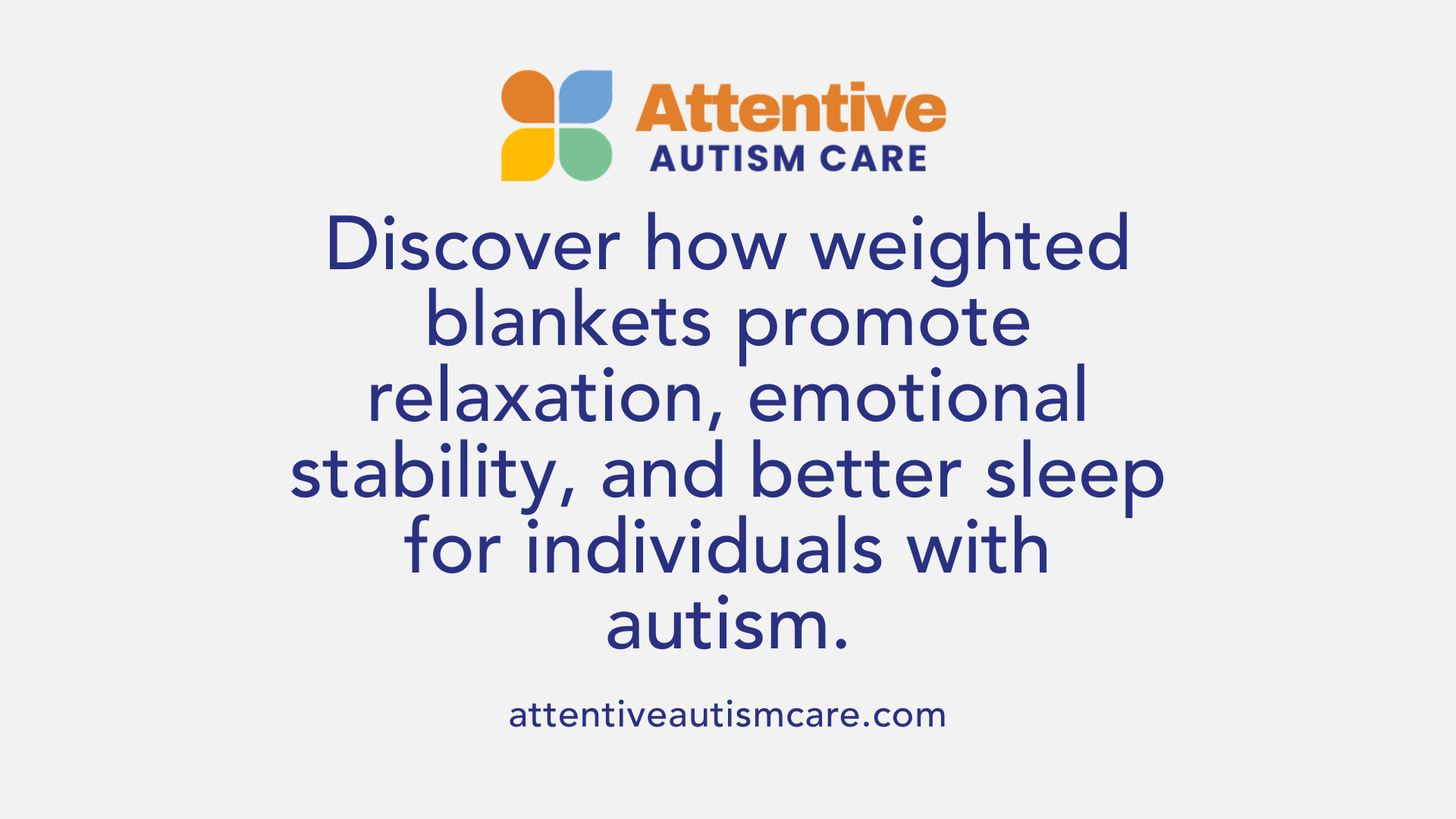
What are the benefits of using weighted blankets for individuals with autism?
Weighted blankets are widely recognized for their ability to promote a calming effect through deep pressure stimulation (DPS). This form of sensory input works similarly to a gentle, secure hug, engaging the nervous system in a way that can help individuals with autism feel more relaxed and less overwhelmed.
The pressure from the blanket stimulates the release of mood-enhancing chemicals such as serotonin, oxytocin, and melatonin. These hormones are associated with feelings of happiness, security, and sleep regulation, which can contribute to an overall sense of emotional stability.
Many users report that weighted blankets reduce feelings of anxiety and stress, helping to stabilize mood and improve behavioral responses. The calming sensation may also support better sleep by easing the transition into sleep, extending sleep duration, and reducing night wakings.
In addition to mood and sleep benefits, weighted blankets can assist with sensory processing difficulties. They provide firm, widespread contact that can diminish hypersensitivity to touch, helping individuals feel more grounded and less reactive to sensory stimuli.
However, it’s important to note that the effectiveness of weighted blankets varies among individuals. Some people with autism experience significant relief and improved well-being, while others may find the sensation restrictive or uncomfortable. Overall, weighted blankets are considered a valuable supportive tool for many autistic individuals, helping to promote relaxation, emotional regulation, and sensory integration.
How Weighted Blankets Support Sensory Processing and Sleep
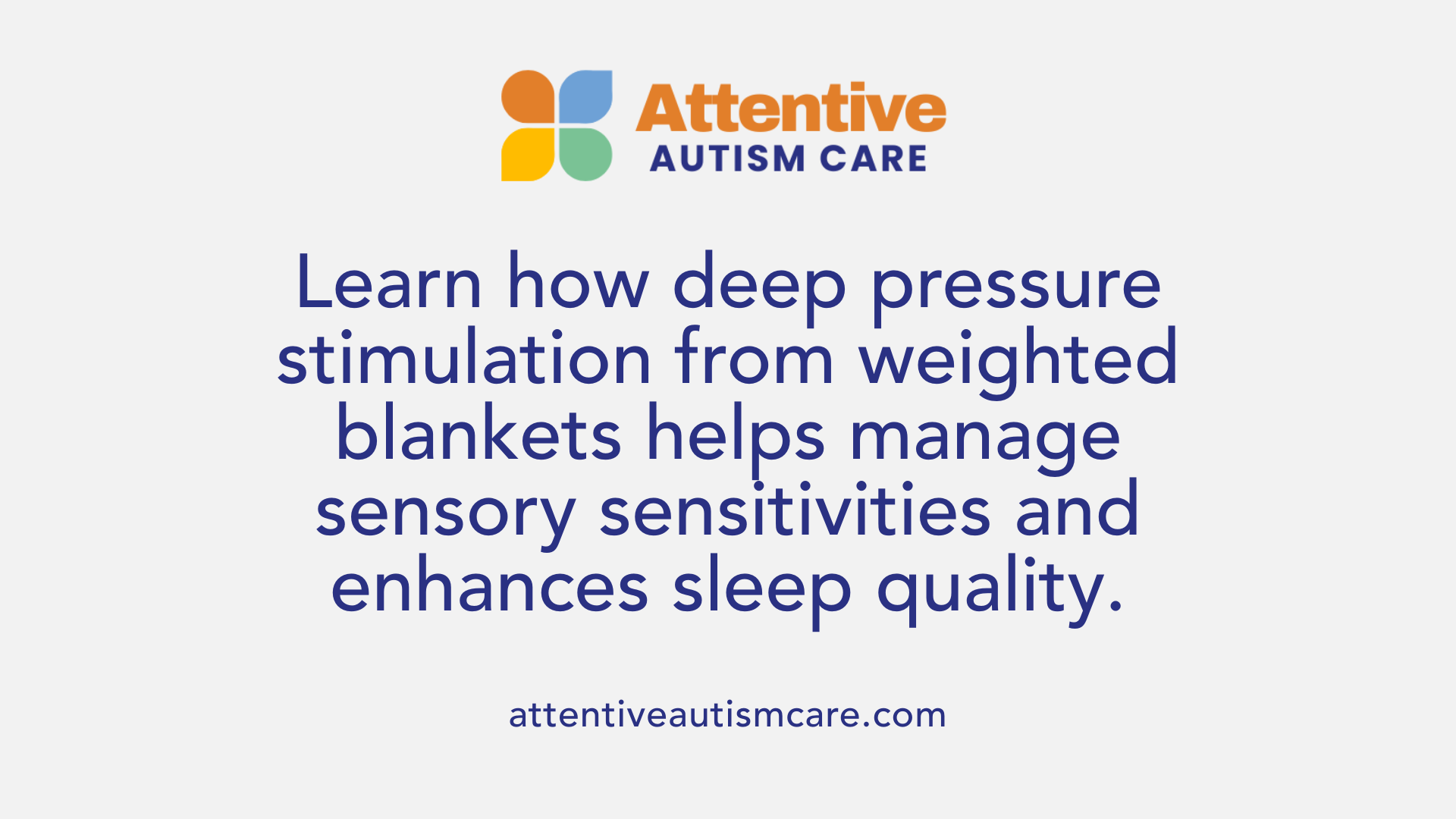
How do weighted blankets support sensory processing and improve sleep in autistic individuals?
Weighted blankets provide gentle, evenly distributed pressure across the body, which is known as deep pressure stimulation (DPS). This sensory input mimics the feeling of a caring embrace or a calming hug, helping to soothe the nervous system.
This calming effect can be especially beneficial for autistic people who often experience sensory over-responsivity or hypersensitivity. The pressure can help reduce sensory overload by providing a firm, comforting contact that eases nervous system activity.
One of the key ways weighted blankets aid is by triggering the release of relaxing hormones like oxytocin. Oxytocin promotes feelings of safety, warmth, and emotional connection, which can help decrease anxiety and emotional distress. Additionally, the stimulation may increase serotonin and melatonin levels, both of which are essential for regulating sleep cycles.
Despite promising mechanisms, research results on the effectiveness of weighted blankets for sleep improvements in autistic individuals are mixed. Some studies report better sleep onset, increased total sleep time, and fewer night wakings. Others find minimal or no significant changes in sleep patterns.
However, caregivers and individuals often note perceived benefits, such as calmer mornings and easier transitions to sleep. This suggests that weighted blankets could serve as a supportive tool for managing sensory sensitivities and promoting relaxation.
It's important to recognize that responses to weighted blankets vary among individuals. While some experience substantial calming effects, others may find them restrictive or uncomfortable. Consulting healthcare professionals can help determine the appropriate weight and safety parameters tailored to each person’s needs.
In summary, weighted blankets can serve as an effective sensory integration aid by providing deep pressure that calms the nervous system, supports emotional regulation, and potentially improves sleep quality in autistic populations. Nevertheless, more comprehensive research is needed to establish consistent efficacy.
Key Factors in Selecting the Right Weighted Blanket
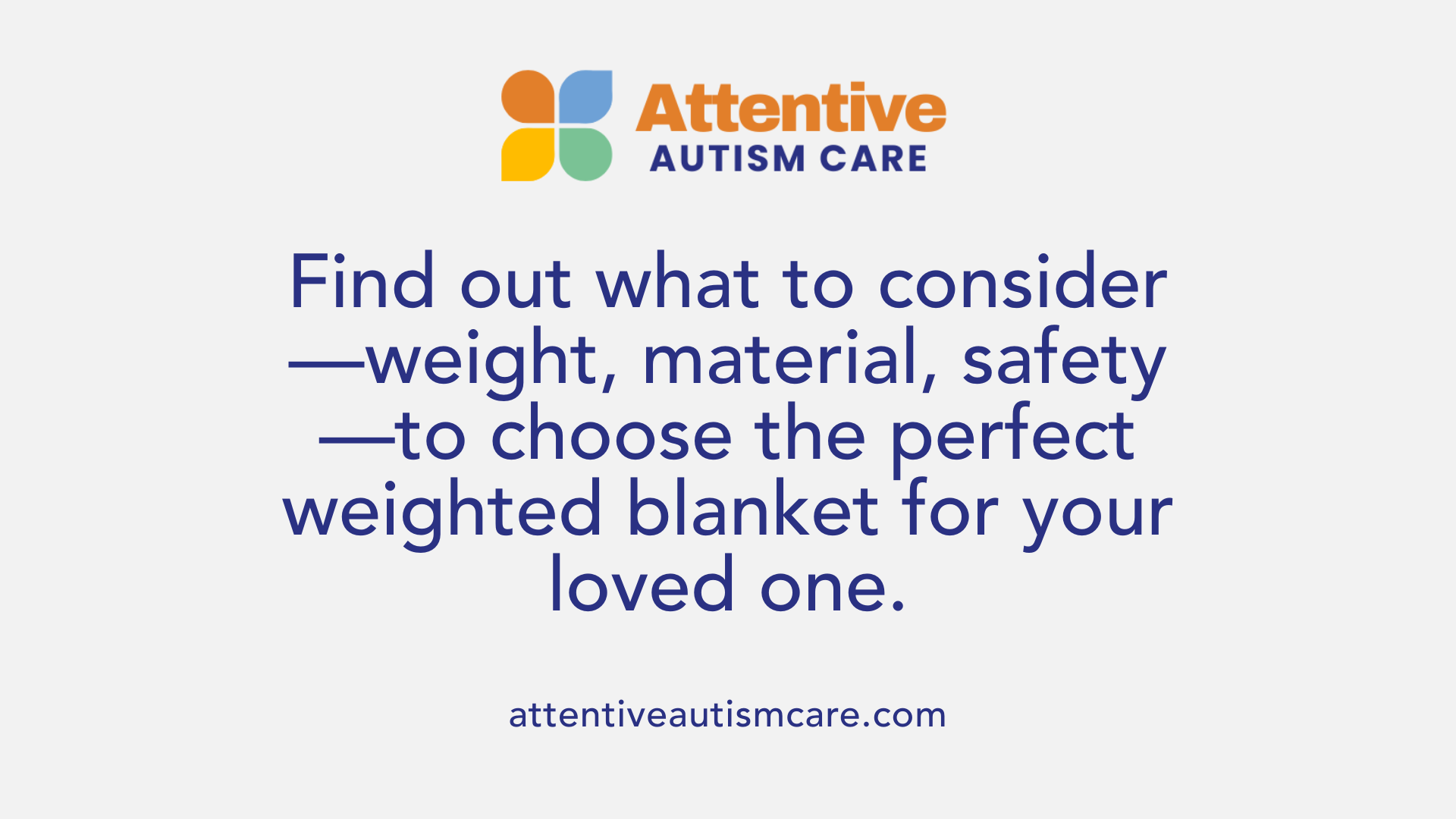
What factors should be considered when choosing a weighted blanket for children and adults with autism?
Selecting an appropriate weighted blanket involves a few important considerations to ensure safety and comfort for the individual. Firstly, the weight of the blanket should typically be about 10% of the person's body weight, with an additional 1-2 pounds if needed. This provides effective deep pressure stimulation without being overly restrictive.
Weighting materials, such as glass beads or cotton, should be chosen based on the user's tactile preferences. Glass beads, for example, offer a uniform and compact weight, while organic cotton fabrics promote breathability and comfort. It’s essential to opt for a material that helps regulate temperature and feels pleasant against the skin.
Size and weight options vary to suit different needs. For children, smaller and lighter blankets are available, whereas adult versions tend to be larger and heavier, often up to 30 pounds. Features like even weight distribution, through quilted pockets, enhance the therapeutic effect.
Safety guidelines are crucial, especially for young children. Weighted blankets should not exceed 10% of the user’s body weight to avoid constriction, overheating, or discomfort. They should also be designed for easy removal, with breathable materials and secure, child-safe fastenings if used by children.
Consulting healthcare professionals, such as occupational therapists, is highly recommended before choosing a weighted blanket. Experts can help determine the most appropriate weight, material, and size based on individual sensory needs, medical conditions, and safety considerations. Proper guidance ensures the blanket provides therapeutic benefits without adverse effects.
In summary, careful assessment of weight, materials, size, and safety features—along with professional advice—can significantly enhance the benefits of weighted blankets for individuals with autism. When selected thoughtfully, they serve as a comforting tool to promote relaxation, reduce anxiety, and improve sleep quality.
Safety Considerations and Best Practices
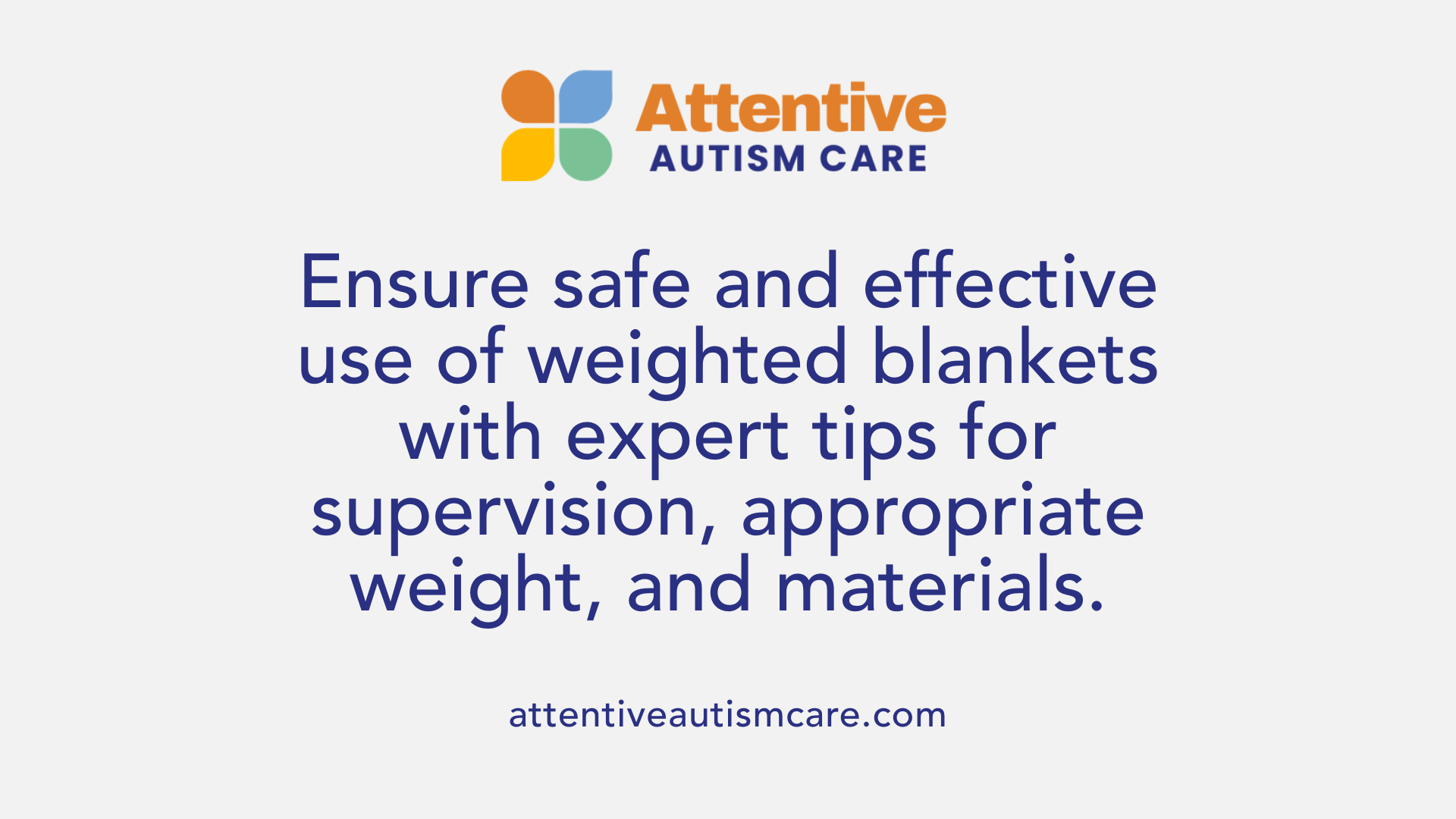
Are weighted blankets safe for use with autistic individuals, and what are best practices?
Weighted blankets can be a helpful tool for autistic individuals when used correctly. Their calming effects through deep pressure stimulation may reduce anxiety, improve sleep, and support self-regulation. However, safety considerations are essential to ensure they provide benefits without risks.
Supervision plays a vital role in safe usage. Caregivers, therapists, or health professionals should oversee initial use, especially for children or individuals with health concerns. Guidance from occupational therapists or pediatricians can help determine if a weighted blanket is suitable and recommend appropriate weight and size.
When choosing a blanket, it’s important to match it to the user’s body weight—generally about 10% of their weight. For children, a blanket weighing 5-10% of their body weight is recommended, ensuring it is not too heavy or restrictive.
Safety regulations include ensuring the blanket can be easily removed if needed. This is especially important for children or individuals with respiratory issues or panic tendencies. The blanket should have features such as secure fastenings or easy-to-unfasten covers to prevent accidental entrapment.
Certain populations require extra caution. Infants under 2 years old should not use weighted blankets due to the risk of suffocation or choking. People with obstructive sleep apnea, asthma, or claustrophobia should consult healthcare providers before use.
Furthermore, the blanket should be crafted with breathable materials like organic cotton, and filled with safe, evenly distributed weights such as glass beads or cotton. Proper weight distribution enhances comfort and therapeutic effectiveness.
In summary, when used with appropriate supervision, correct weight selection, and safety features, weighted blankets are generally safe for autistic individuals. Nevertheless, individual needs and health conditions require personalized guidance to optimize both safety and benefits.
Managing Autism Challenges with Weighted Blankets
How can weighted blankets help manage autism-related challenges such as anxiety, sensory overload, and sleep issues?
Weighted blankets are designed to provide deep pressure stimulation, which can have a calming and soothing effect on the nervous system. This gentle, firm pressure mimics the sensation of being hugged or held, offering a feeling of security and comfort.
For many autistic individuals, this pressure helps reduce sensory overload by providing a consistent, calming sensory input that can prevent or diminish feelings of overwhelm. It promotes relaxation and can ease anxiety, particularly in stressful situations or when experiencing heightened sensory sensitivities.
Research shows that weighted blankets may improve sleep quality by helping users fall asleep faster and sleep through the night. They can also support emotional regulation, making daily challenges more manageable. Though effects vary among individuals, these blankets serve as a safe, non-invasive tool to foster self-regulation when used appropriately.
In summary, weighted blankets act as a supportive aid for managing stress, anxiety, and sleep difficulties associated with autism, especially when guided by healthcare professionals to match individual needs and safety considerations.
Clinical Evidence and Research Findings
What clinical evidence supports the effectiveness of weighted blankets for autism?
Research on the use of weighted blankets for individuals with autism presents a mixed picture. While many caregivers and users report benefits like increased relaxation and better sleep, scientific studies have yielded varied results.
A notable study involving two children with autism spectrum disorder used a single-subject ABA design to evaluate sleep quality before, during, and after using weighted blankets. This study measured sleep onset latency, total sleep duration, night wakings, and morning mood. The findings showed only minimal changes in sleep patterns, with some improvement noted in sleep onset and morning mood. However, these slight improvements were not enough to serve as strong clinical evidence.
In another more comprehensive phase III randomized controlled trial, researchers compared weighted blankets to control blankets in children with autism. The study did not find significant differences in sleep duration, sleep onset latency, or overall sleep quality between the two groups. Despite this, many children and parents expressed a preference for weighted blankets, citing some perceived benefits.
Additional research, including a systematic review from 2020, also highlights the inconclusive nature of current evidence. It suggests potential anxiety reduction but emphasizes the lack of consistent proof for sleep improvements. Some studies involving adults and children have reported perceived benefits, such as feeling calmer and falling asleep faster, but these are often based on subjective reports rather than objective measures.
The variability in findings underlines the need for further high-quality research. Larger sample sizes, better-controlled conditions, and use of standardized, objective outcomes are essential to clarify whether weighted blankets truly provide clinical benefits for autistic individuals.
| Study Type | Main Findings | Limitations | Implication |
|---|---|---|---|
| Single-subject ABA | Minimal sleep improvements, some mood benefits | Small sample, limited generalizability | Inconclusive for clinical use |
| Randomized Controlled Trial | No significant sleep improvements versus controls | Short duration, specific population | Insufficient evidence for routine recommendation |
| Systematic Review (2020) | Potential anxiety relief, unclear sleep effects | Mixed studies, subjective vs. objective data | Promotes need for further research |
In summary, while many users report positive experiences with weighted blankets, scientific backing for their efficacy in improving sleep in children with autism remains limited and inconsistent. Ongoing research is critical to establish more definitive conclusions.
Embracing Adaptation and Personalization
While weighted blankets show promise as a supportive tool for individuals with autism, current research presents a mixed picture. They may offer calming benefits, help manage anxiety, and improve sleep quality for some, but responses are highly individual. It is crucial for caregivers and users to select blankets carefully—considering safety, comfort, and personal preferences—and consult healthcare professionals for tailored guidance. As ongoing studies explore their full potential, weighted blankets remain a valuable option within a comprehensive sensory and behavioral support plan, emphasizing personalized and safe application.
References
- Weighted Blankets for Autism & Sensory Needs
- A Weighted Blanket for Autism: The Ultimate Guide
- Weighted Blankets and Sleep Quality in Children with ...
- What to Know About Weighted Blankets and Autism
- Weighted Blankets
- Weighted Blankets: Benefits, Do They Work, and More
- Weighted Blankets & Wraps
- Are Weighted Blankets Beneficial for Autistic Children?
- The Truth About Weighted Blankets for Autism - Karmara
- Weighted Blanket for people with Autism Spectrum ...



